Pinehurst’s Ryder Cup 1951
By Lee Pace
Pinehurst’s Ryder Cup 1951

Consider the cacophony surrounding the biennial Ryder Cup matches of the last three decades — galleries swelling to 45,000, a press building with desks for 400 writers, wall-to-wall television coverage, frayed nerves and guttural rally cries and bombastic fist pumps. In that context it’s most amusing to revisit the quaint little event held at Pinehurst exactly seven decades ago.
The PGA of America brought the 1951 Ryder Cup to Pinehurst No. 2 for the ninth rendition of the event launched in 1927 and originally sponsored by English seed merchant and entrepreneur Samuel Ryder. There was a modest media delegation of some 30 correspondents, including at least three from London and three from Scotland. The Sunday attendance was in the 6,000 neighborhood, and the adjacent Pinehurst courses — Nos. 1 and 3 and the nine holes of No. 4 open at the time — were chock full of golfers at the very moment that Ben Hogan and Sam Snead were launching shots on the big course.
“It was a well-dressed, well-behaved gathering,” Golf World magazine noted.
The matches were scheduled for the first weekend in November, and the major logistical issue was finding rooms for hundreds of regular visitors during what was considered “high season” in Pinehurst. The Carolina Hotel could house 425 guests, and resort management was inundated with hundreds of inquires it couldn’t accommodate, prompting owner Richard Tufts to establish an “emergency booking agency” to locate alternative hotel rooms and private guest quarters.
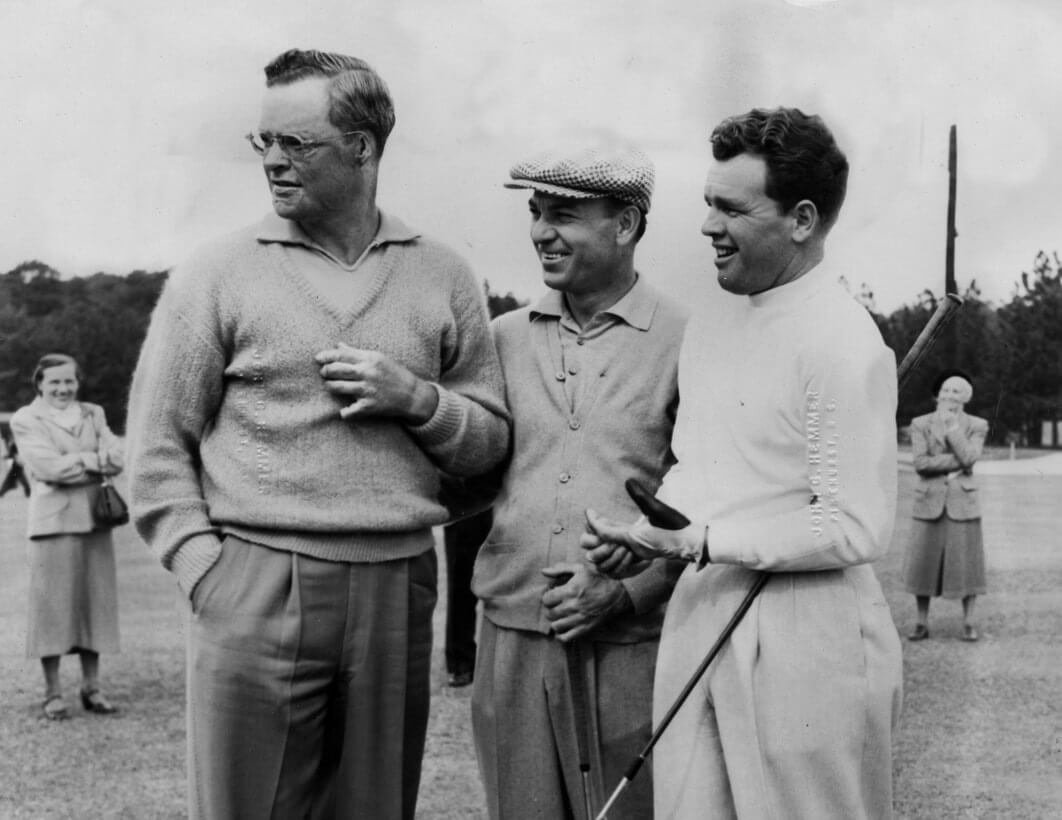
“We find ourselves in the unenviable position of having to say no to some 600 of the Carolina’s best friends … we hope they will appreciate the difficulty of our situation,” Tufts said in response to the reservations onslaught.
The British team was captained by Arthur Lacey and led by incumbent British Open champion Max Faulkner and nine-time Ryder Cup competitor Dai Rees. The golfers sailed from Southampton on Oct. 16 and had been together for two weeks practicing and, according to Rees, were “happy and confident” that they had the best chance ever of winning on American soil. The personality of Pinehurst No. 2, designed by Scotsman Donald Ross with a nod toward the great links of Caledonia, was friendly to the visitors’ eyes and psyches.
“This course is more like those we have at home than any other American course,” Rees said. “It hasn’t the subtlety of British courses and its fairways are broader. But in many respects, it is similar to those we are accustomed.”
The United States team consisted of playing captain Snead and golfers Hogan, Skip Alexander, Jack Burke Jr., Jimmy Demaret, Dutch Harrison, Clayton Heafner, Lloyd Mangrum, Ed “Porky” Oliver and Henry Ransom.

As competitions go, the event was unremarkable. The Americans barely broke stride or a sweat in winning nine matches, losing two and halving one. Foursome matches were played in cold and wind and rain on Friday, Nov. 2, with the Americans jumping to a 3-1 lead. The golfers took a day off to attend the Tennessee at North Carolina football game in Chapel Hill on Saturday (won by the Volunteers, 27-0), though only three members of the U.S. team went to the game and Snead traveled to Florence, S.C., for an exhibition. The Americans won six matches, lost one and halved one in the singles competitions on Sunday. Only two of 12 matches reached the final hole.
“America has become the senior partner, and Great Britain the junior partner,” British golf correspondent Henry Longhurst wrote. “This is it in the military, the economic and the golfing spheres of influence.”

But the real story of the competition was its aftermath and the controversy that led to the demise of the North and South Open, a professional tour event held at Pinehurst since 1902 and an event considered a “major” by the golf establishment. Walter Hagen won the event, as did Horton Smith, Henry Picard, Paul Runyan, Byron Nelson and Cary Middlecoff. Hogan won his first professional event in the 1940 North and South when he was an obscure journeyman from Texas.
“The North and South had an immediate atmosphere of class and elegance,” historian and journalist Dan Jenkins wrote in Golf Digest in 1990. “Dress for dinner, veranda stuff. In fact, the North and South was the Masters before there was a Masters (1934) and for many years before the Masters finally out-Southerned the North and South.”
A rift had existed between Pinehurst management and the tour pros ever since the PGA Tournament Committee established a minimum purse of $10,000 for each event (this long before the club pros and touring pros split into individual organizations). Tufts considered the resort’s largesse of complimentary and/or steep discounts on room and board for the pros as part of their compensation and refused to boost the North and South purse to the $10,000 level.

While each member of the British team remained in Pinehurst for the North and South, set to start on Wednesday, three days after the Ryder Cup conclusion, four U.S. team members bolted in an obvious snub of Tufts and, as Golf World noted, “with a fine disregard for the dictates of common courtesy.”
Snead was the defending North and South champion and entered the 1951 event and was joined by Alexander, Heafner, Oliver and Ransom. Alexander played one round but left without turning in his card. Heafner five-putted the last green and withdrew after a 77. Oliver carded a 74 in the first round but didn’t submit a card after starting play in the second round.
“Nerves were in a state of rumble and explosion,” Golf World noted.
Snead made it through one round but had had enough as round two wore on. He was playing badly and being shown up by Dick Chapman, a Pinehurst winter resident and a top amateur of the mid-20th century. Chapman was on his way to shooting a 68 and Snead a 78, and Snead couldn’t get to the clubhouse soon enough. Chapman had the honor on the 18th tee, but Snead usurped him and hit first. When the threesome that also included the Brit Max Faulkner got to the green, it was Faulkner’s turn to putt, but Snead lagged up, tapped in and walked off. That left Ransom as the only Yank left.
Tommy Bolt won that North and South Open, and the following spring, Tufts announced the event was being discontinued.
“Present-day professional golf had nothing to contribute to the development of a true golfing atmosphere at Pinehurst,” Tufts said.
Quaint had certainly run its course back in 1951.
Read about The Ryder Cup that Wasn’t — Pinehurst 2004
Lee Pace has written four books on the history of golf at Pinehurst and has covered golf in the Sandhills for more than three decades. His most recent book is “Good Walks—Rediscovering the Soul of Golf at 18 Top Carolinas Courses.” The book is available from UNC Press and read more about the Walking Culture of the Sandhills.
Other Blogs
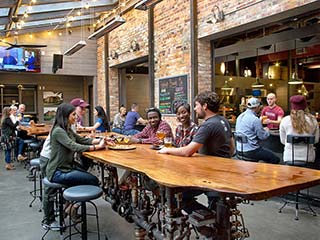
10 Great Things To Do
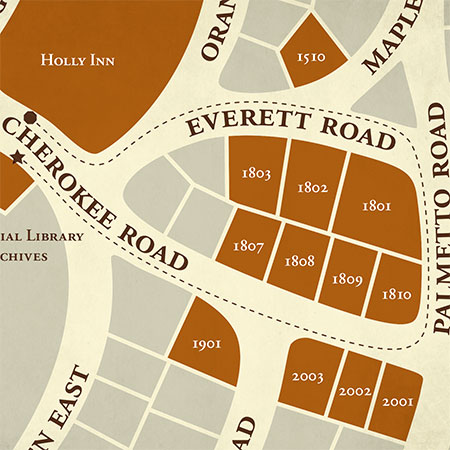
Discover The Path To Pinehurst’s Past
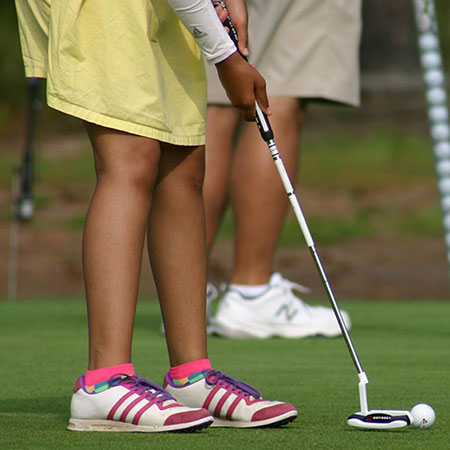
Insider Golf Tips
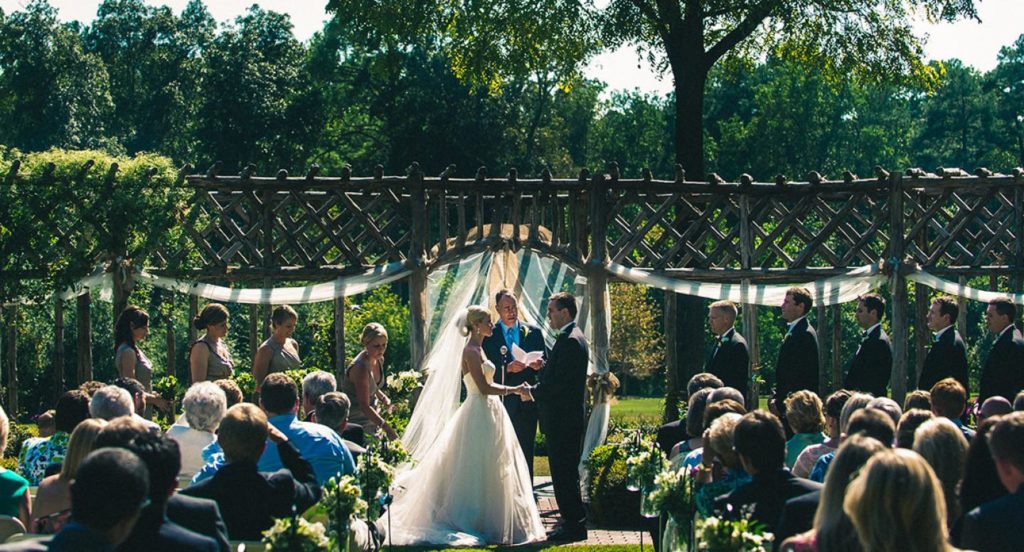
Unique Wedding Venues

North Carolina Couples Vacation
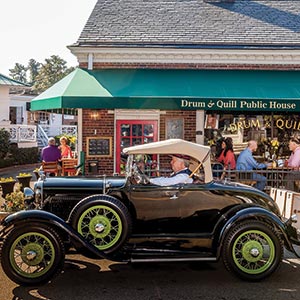
Our Favorite 19th Holes in the Home of American Golf
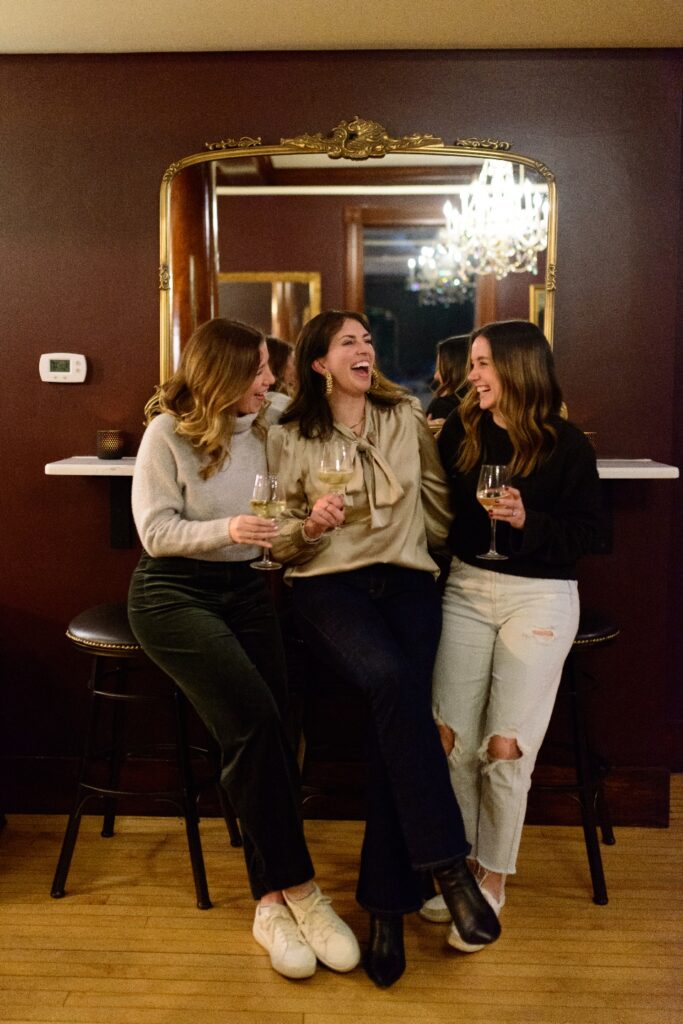
Girlfriend Getaways
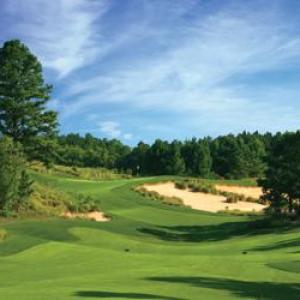
Tobacco Road: A Truly Unique Golf Adventure
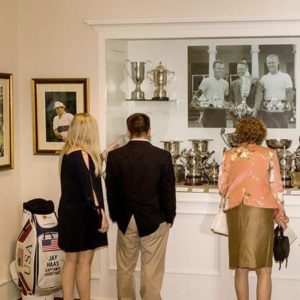
Carolinas Golf Association Hall of History

Where the Ladies Golf
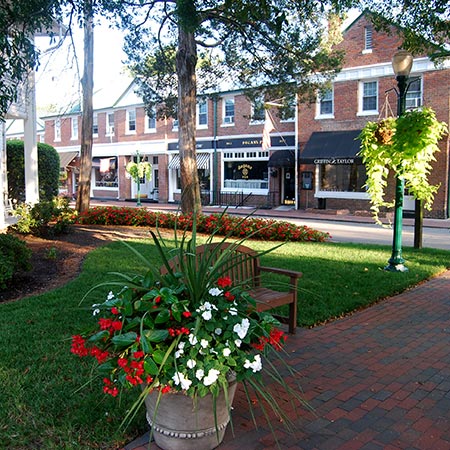
Romancing Pinehurst
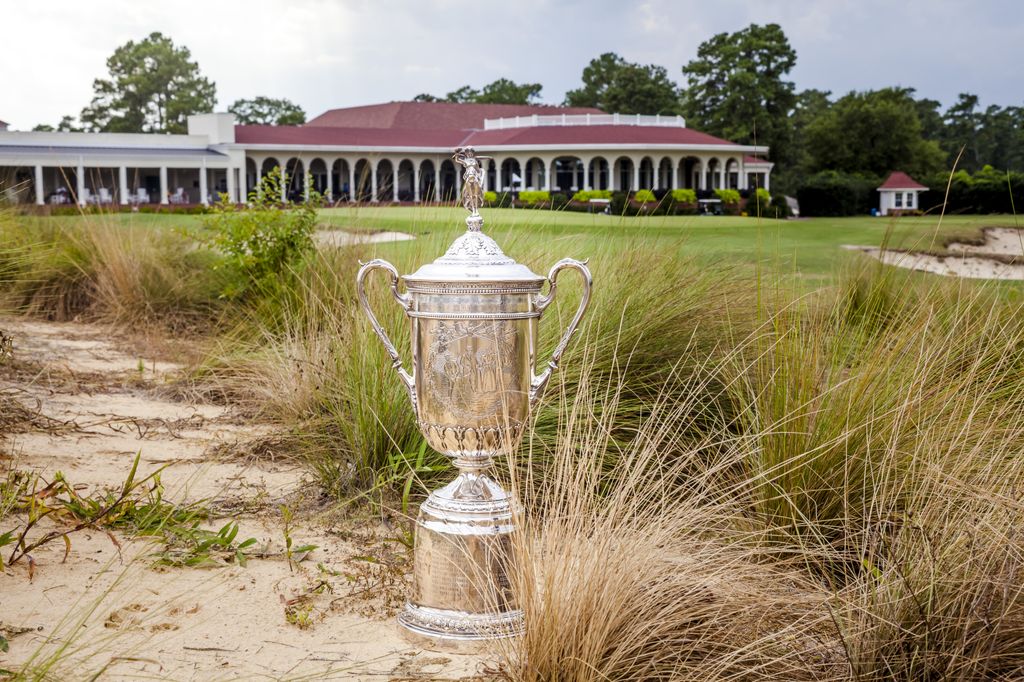
Home of American Golf and U.S. Open Connections
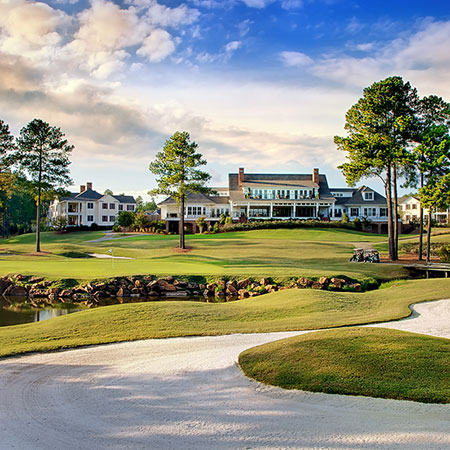
Former U.S. Open Champions Provide Pinehurst Area Some of Its Finest Designs
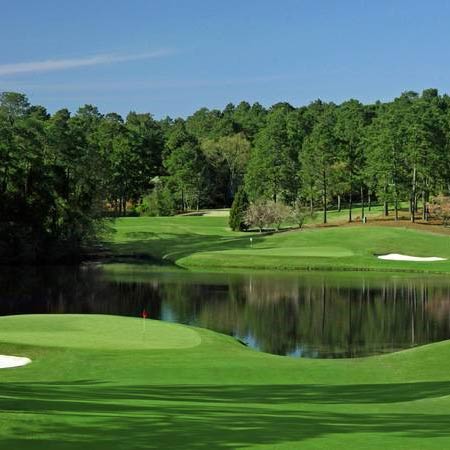
Donald Ross First of Many Architects to Design U.S. Open-Quality Courses in Sandhills
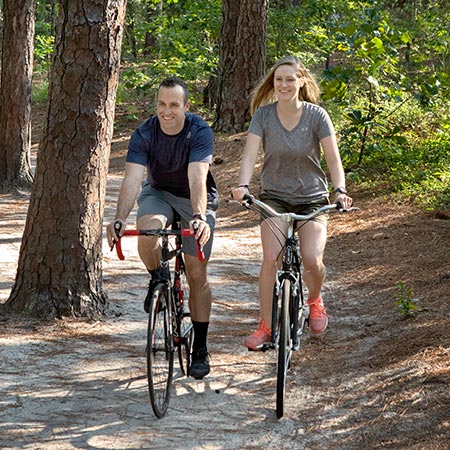
Sandhills Offers Outstanding Variety of Outdoor Activities
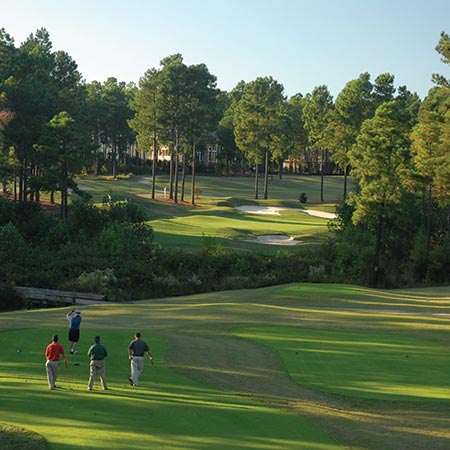
Buddy Golf Trip
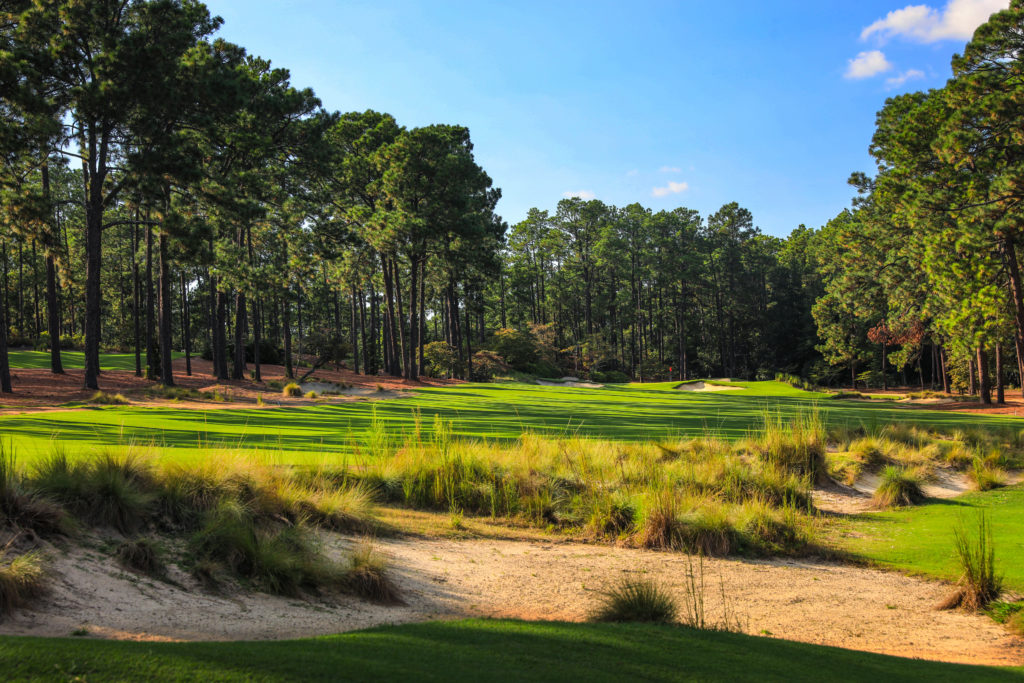
18 Holes of Local Knowledge for the Sandhills Golfer
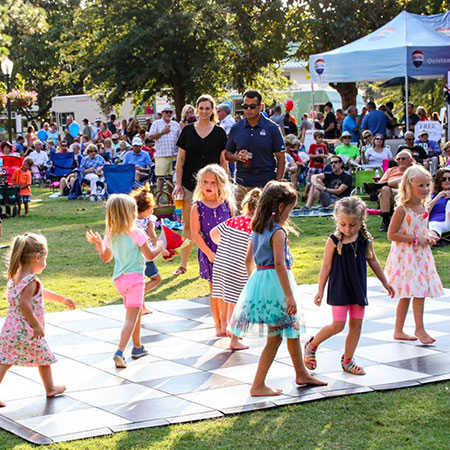
The Family Fun Trip
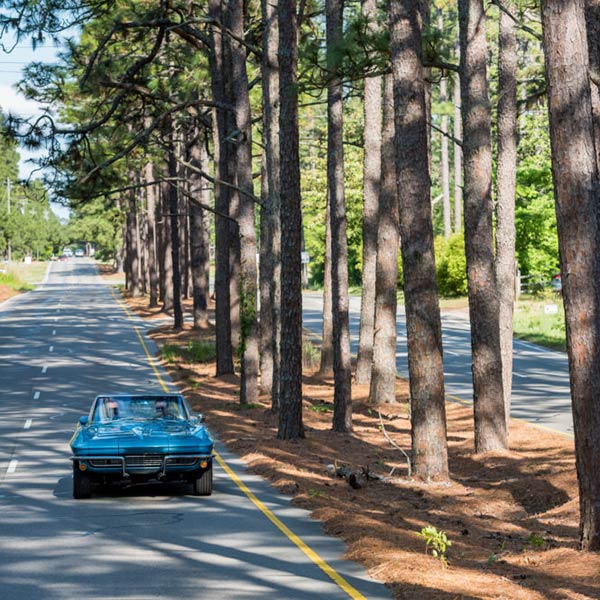
Midland Road: The “Fifth Avenue of Golf”
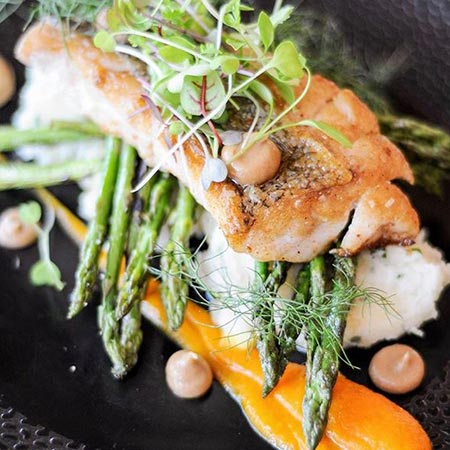
Collards, Community and Collaboration
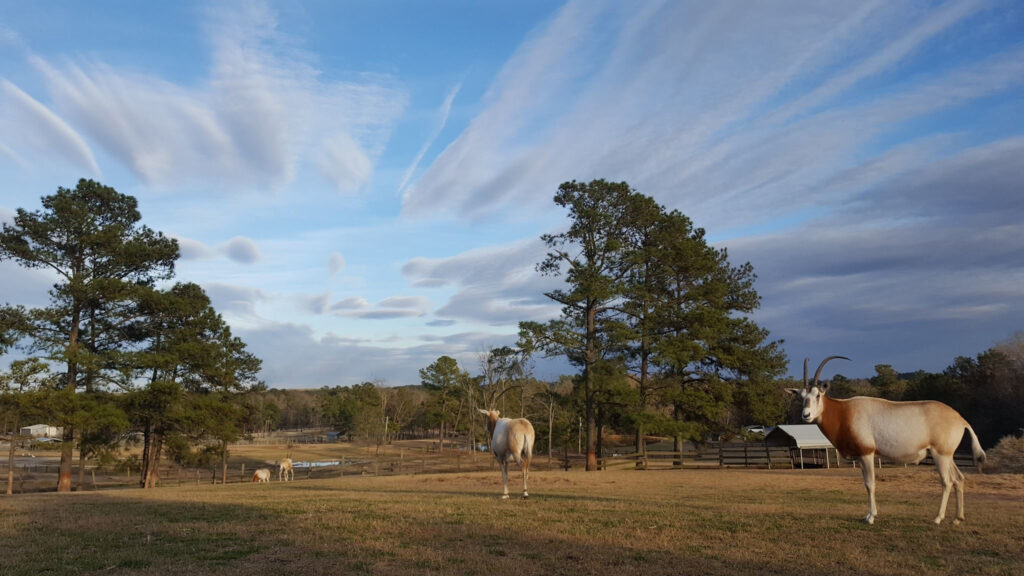
10 Little-Known Facts About North Carolina’s Pinehurst/Southern Pines Region
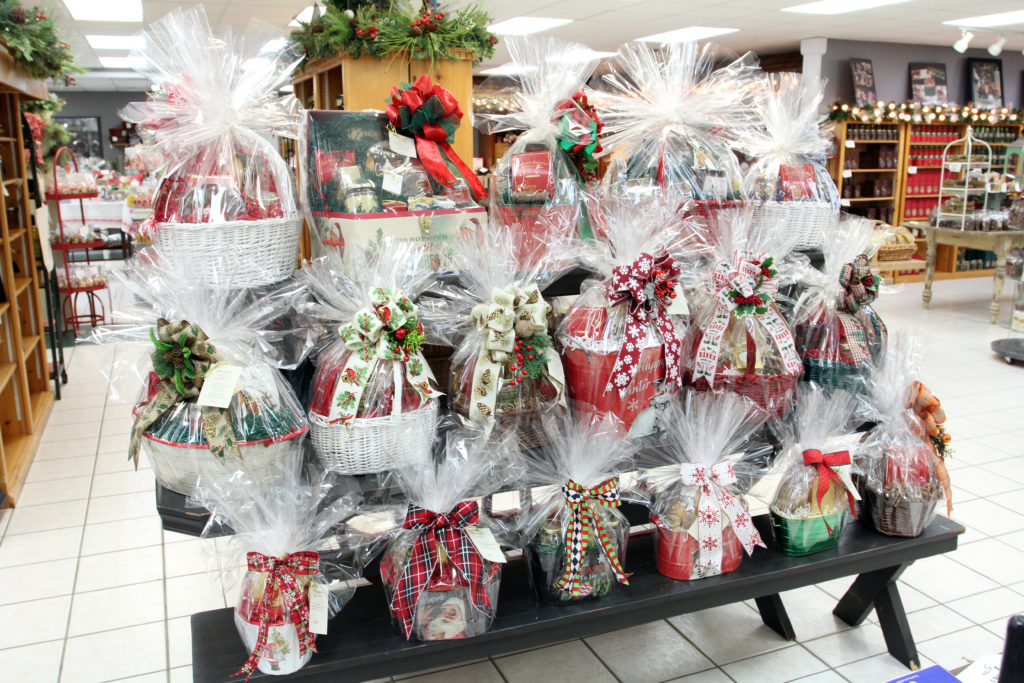
Sandhills Holiday Gift Guide
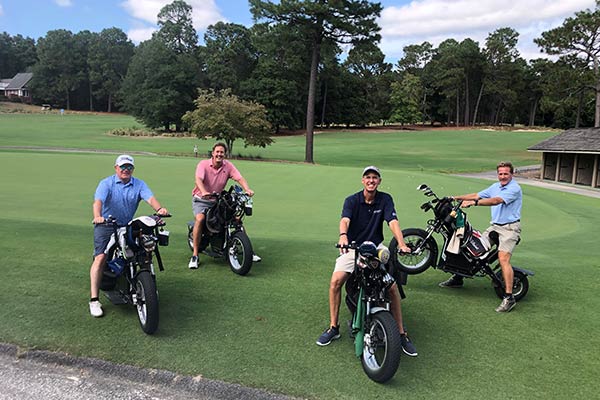
Spring Primer: Local Knowledge from the Home of American Golf

Our Favorite Coffee Shops in the Sandhills
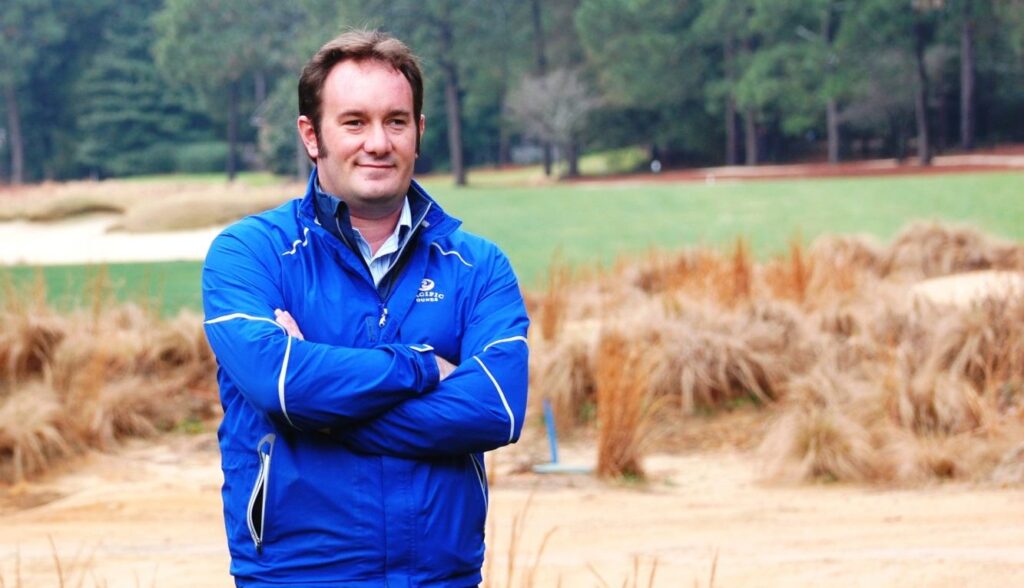
Franz Creating Legacy on the Links
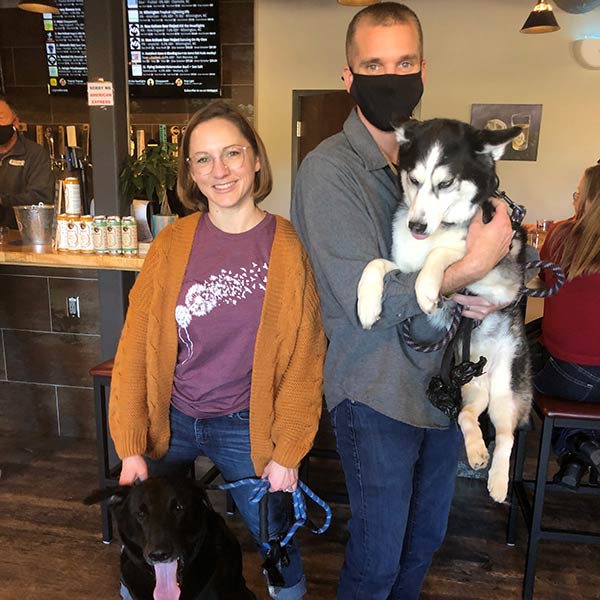
Bring Fido! Pet-Friendly Finds Among the Pines
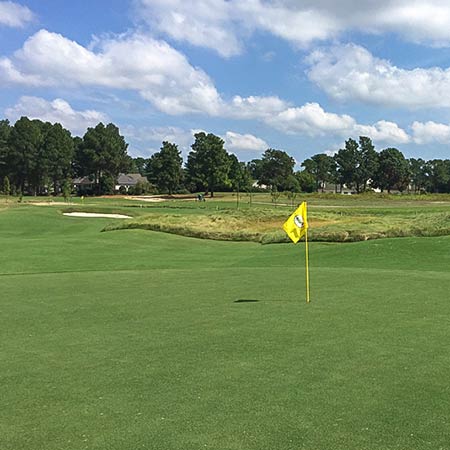
Bottlebrush: Pinehurst Area’s Best Kept Secret

Franz Part 2: The Legacy Continues

Why Visit Pinehurst If You Don’t Play Golf?

First Timer’s Guide to Pinehurst
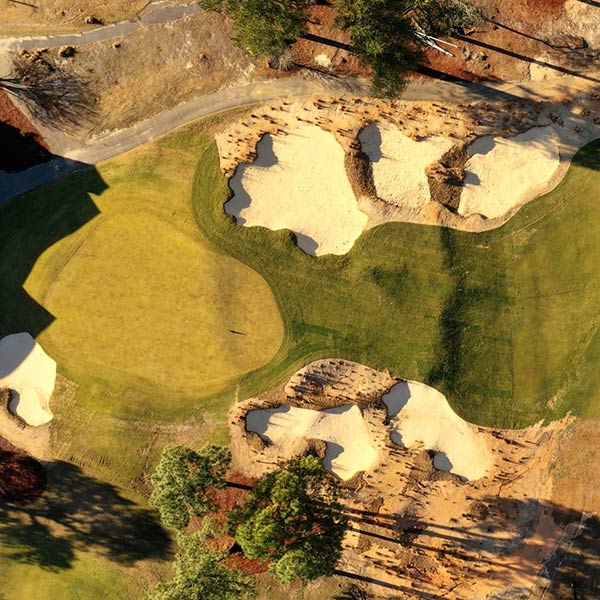
Franz Part 3: On Sandhills Topography
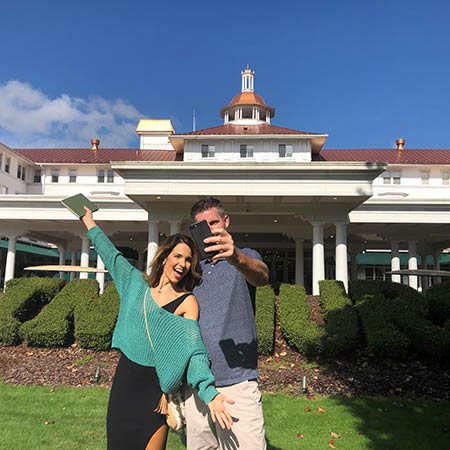
Top 10 Places for a #Sandhills Selfie
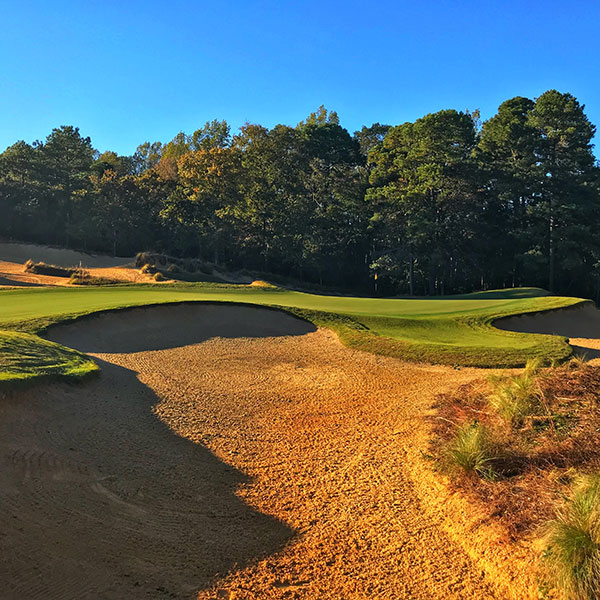
“Bermuda Revolution” Around Sandhills Leads to Ideal Year-Round Golf

Hunger Games – Sandhills Golfers Dining Guide
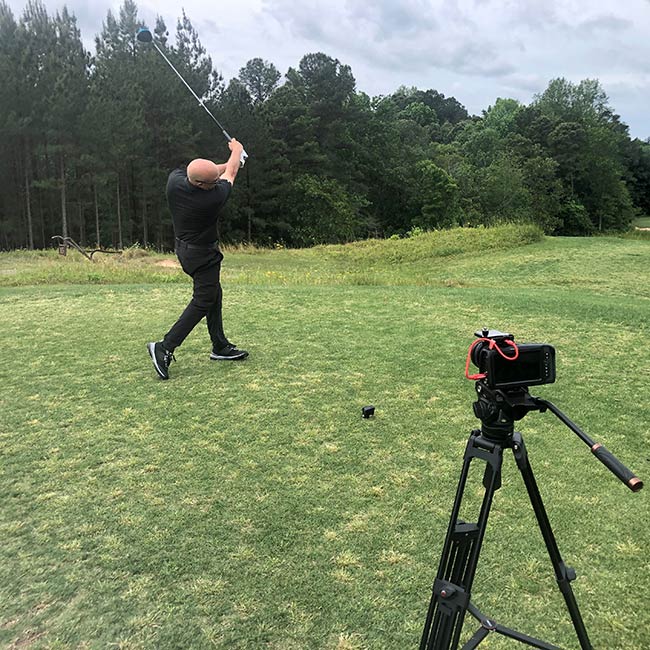
Episode 1: Golf Tips with Nick Bradley

Episode 2: Golf Tips with Nick Bradley

Sandhills Embraces Walking Culture
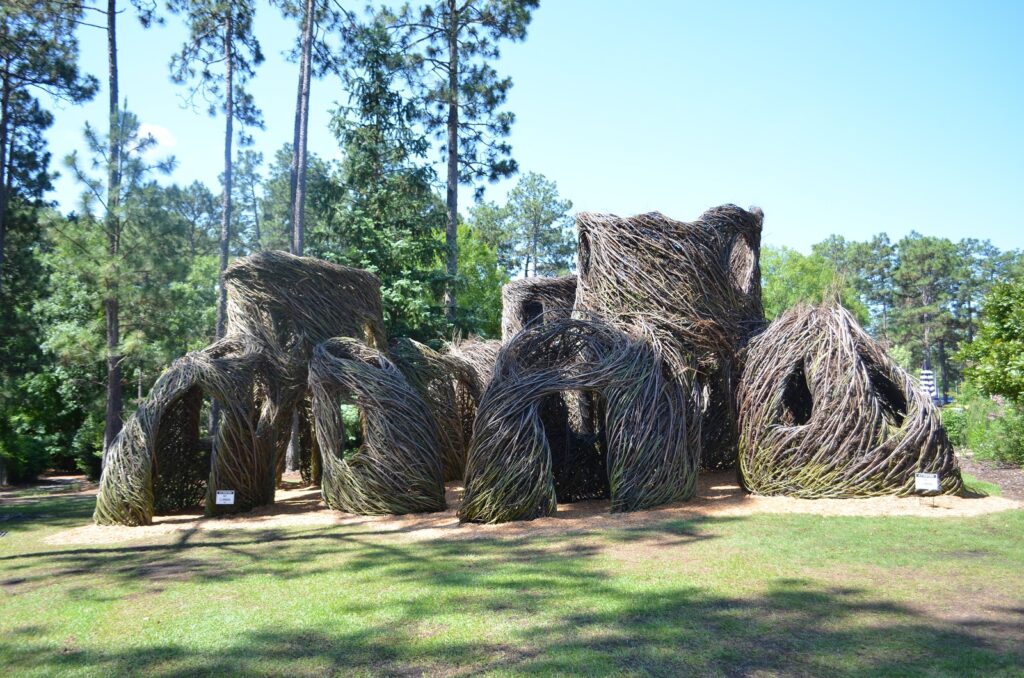
Patrick Dougherty: The Stickman Cometh

Dining A to Z

Fall Renewal in the Sandhills

No. 2 Celebrates 10 Years

2004 Ryder Cup That Wasn’t
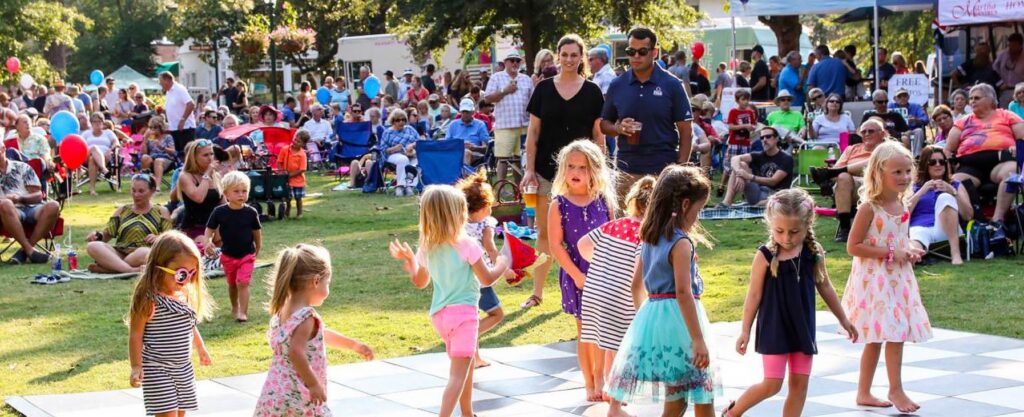
Family Fun in the Sandhills
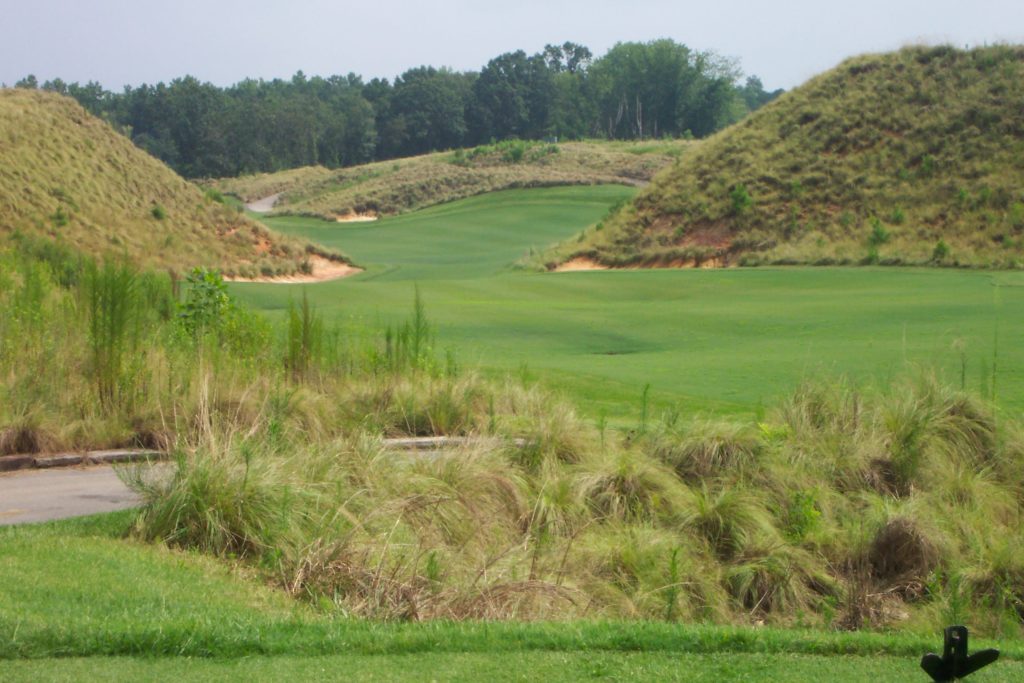
Remarkable Golf Stays in The Pinehurst Area

Couples Weekend Getaway Ideas

Nature’s Canvas: Tobacco Road

Perfect Getaway to Southern Pines
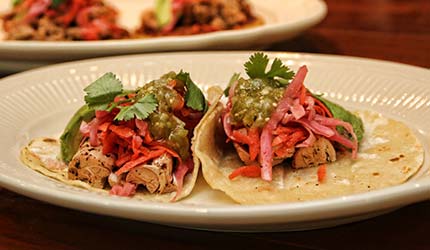
Culinary Discoveries in the Sandhills of N.C.
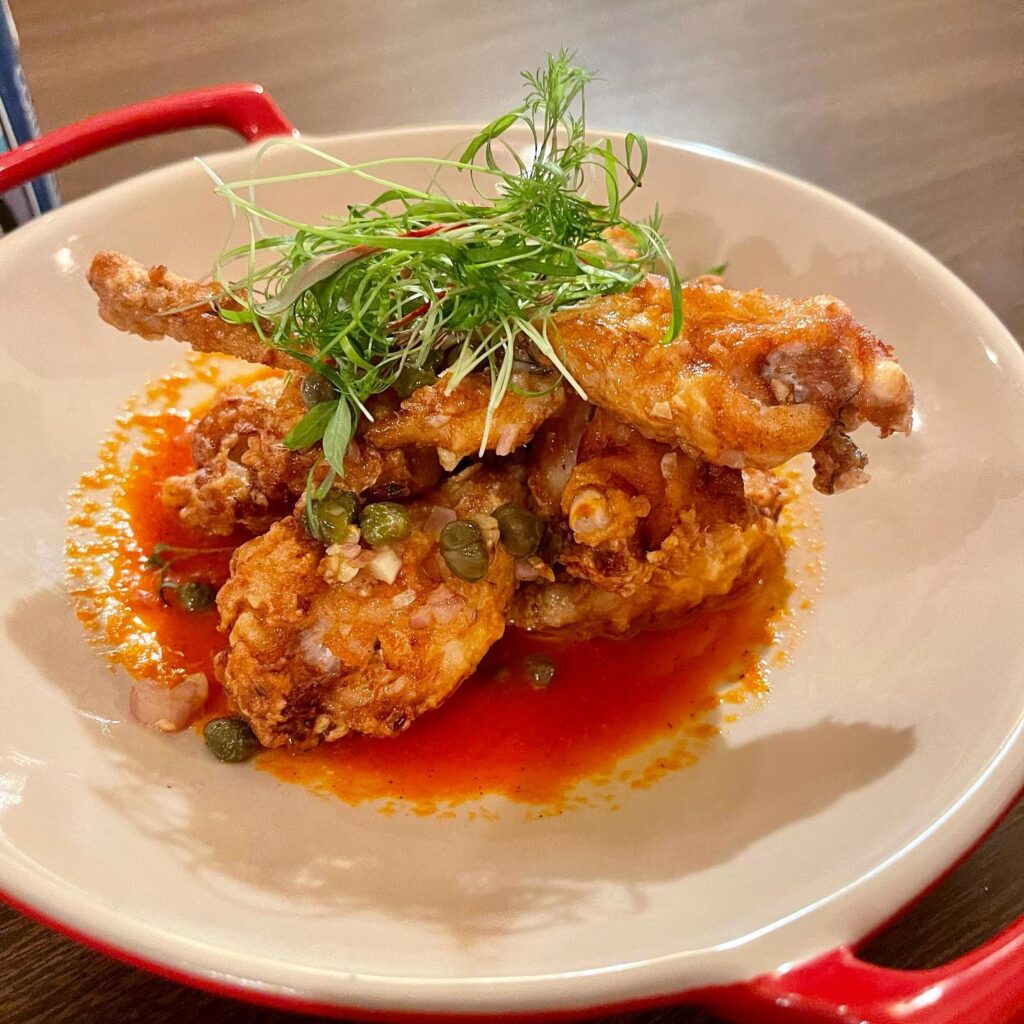
Restaurant Roundtable Q&A
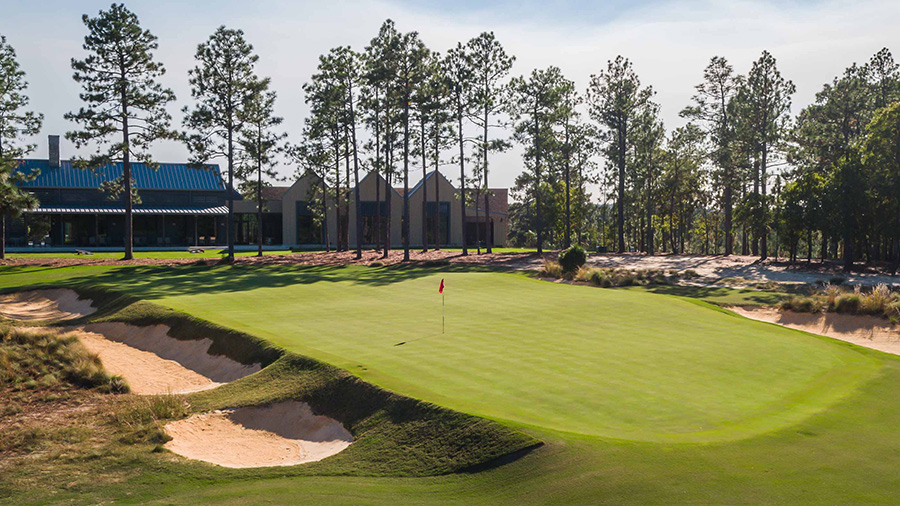
Dormie Club’s New Era
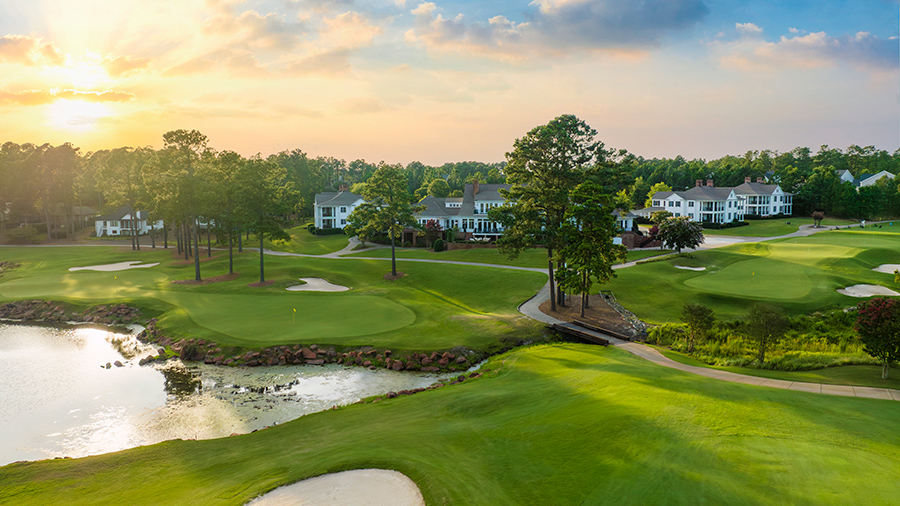
Talamore and Mid South: History of Their Own

Undiscovered Pinehurst

Off for Pinehurst
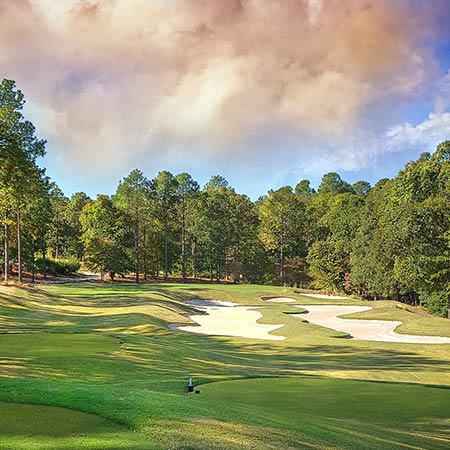
Talamore Doing More for 2022
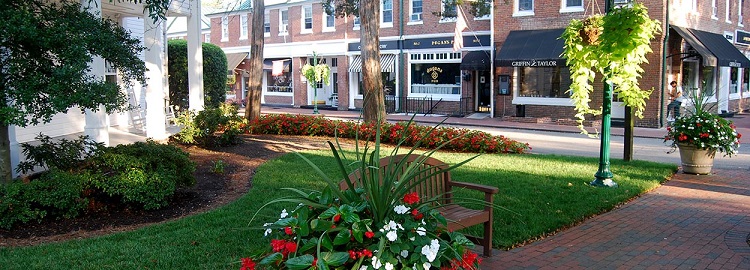
Romantic Gift Ideas In Pinehurst Area

Foodie Weekend in the Sandhills
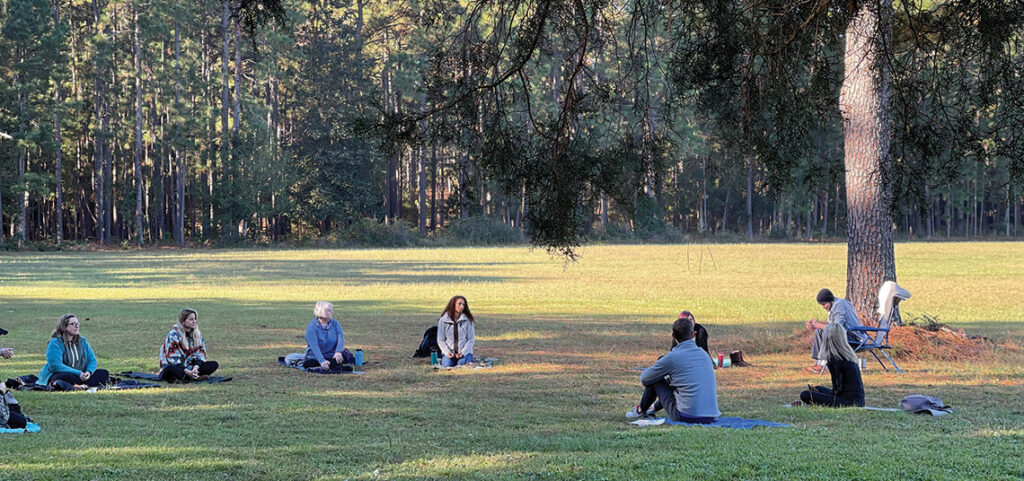
Wellness in the Pines

The Military Means Business in the Sandhills
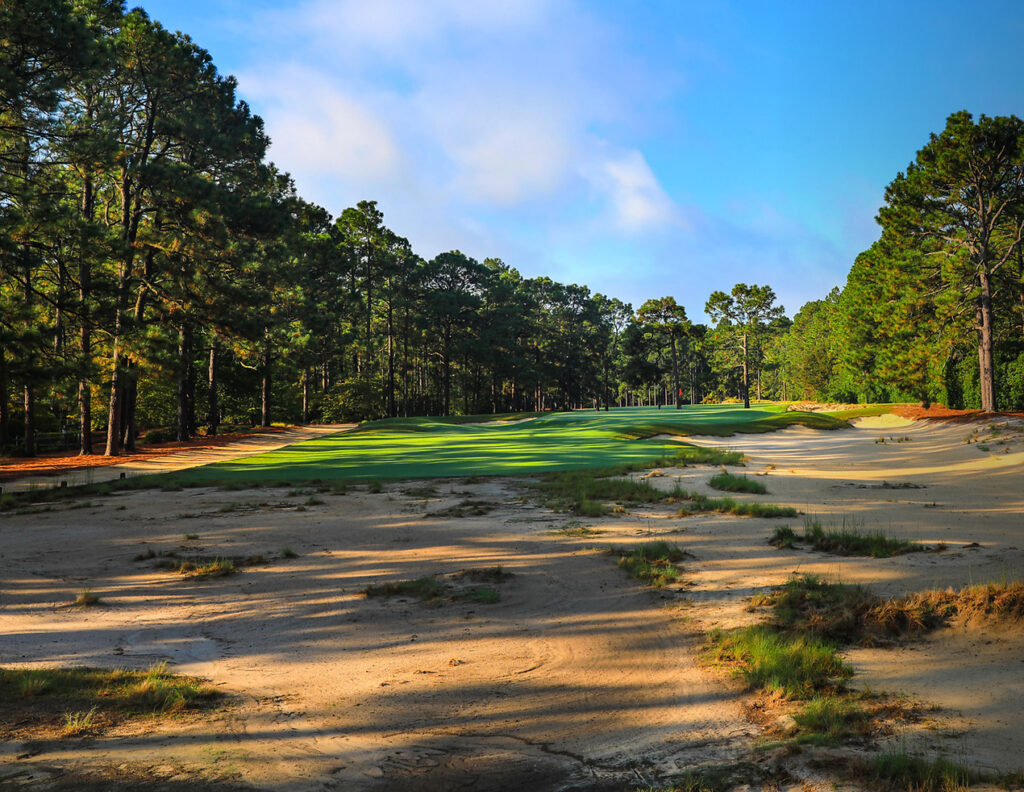
Pine Needles Goes Back in Time
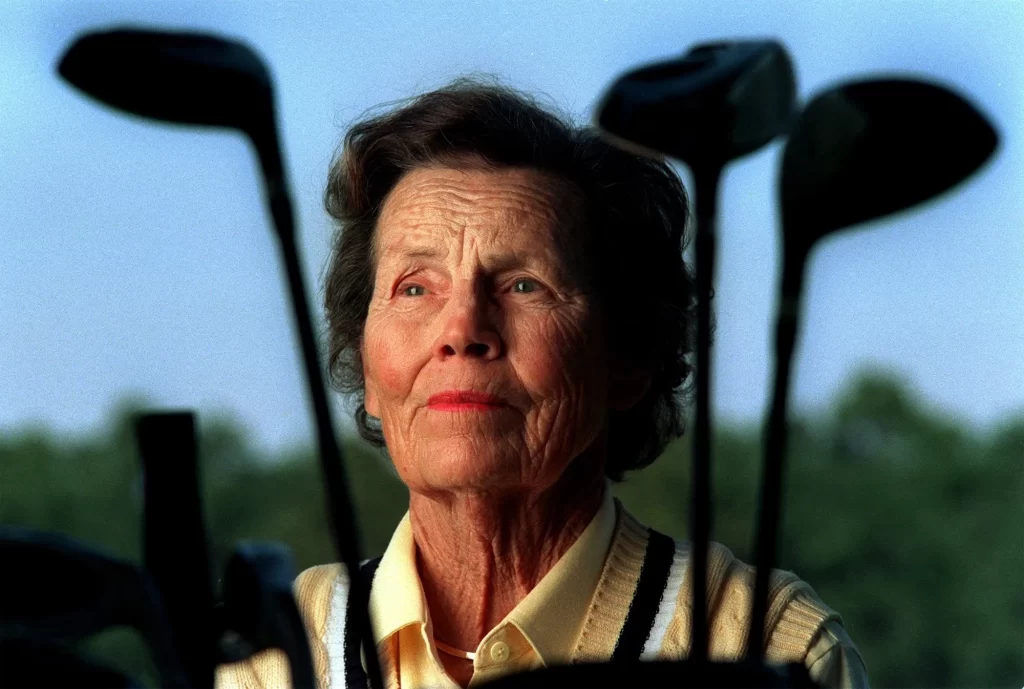
Grande Dame of Women’s Golf
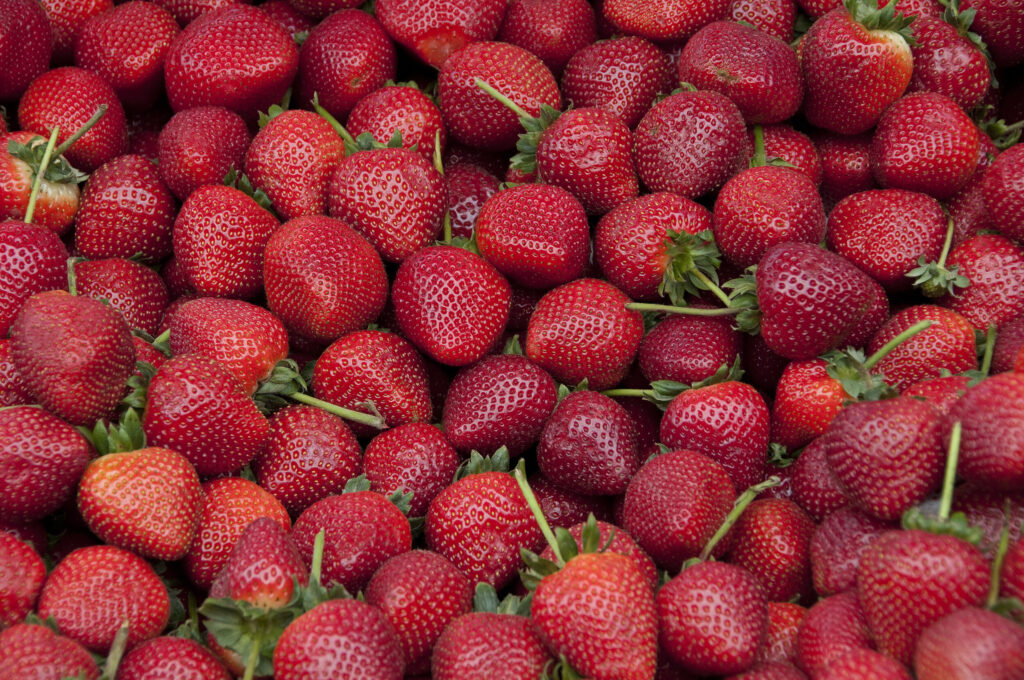
A Guide to Berry Picking in the Sandhills
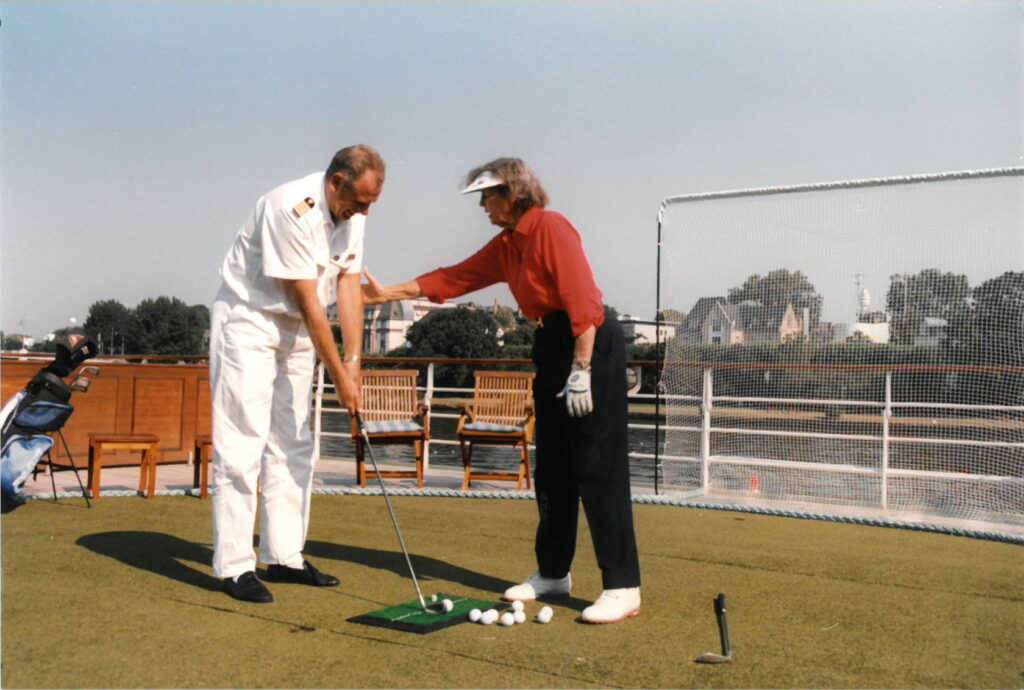
Waltzing on the Danube with Peggy Kirk Bell

From Cradle to Cradle

Donald Ross Could Golf His Ball
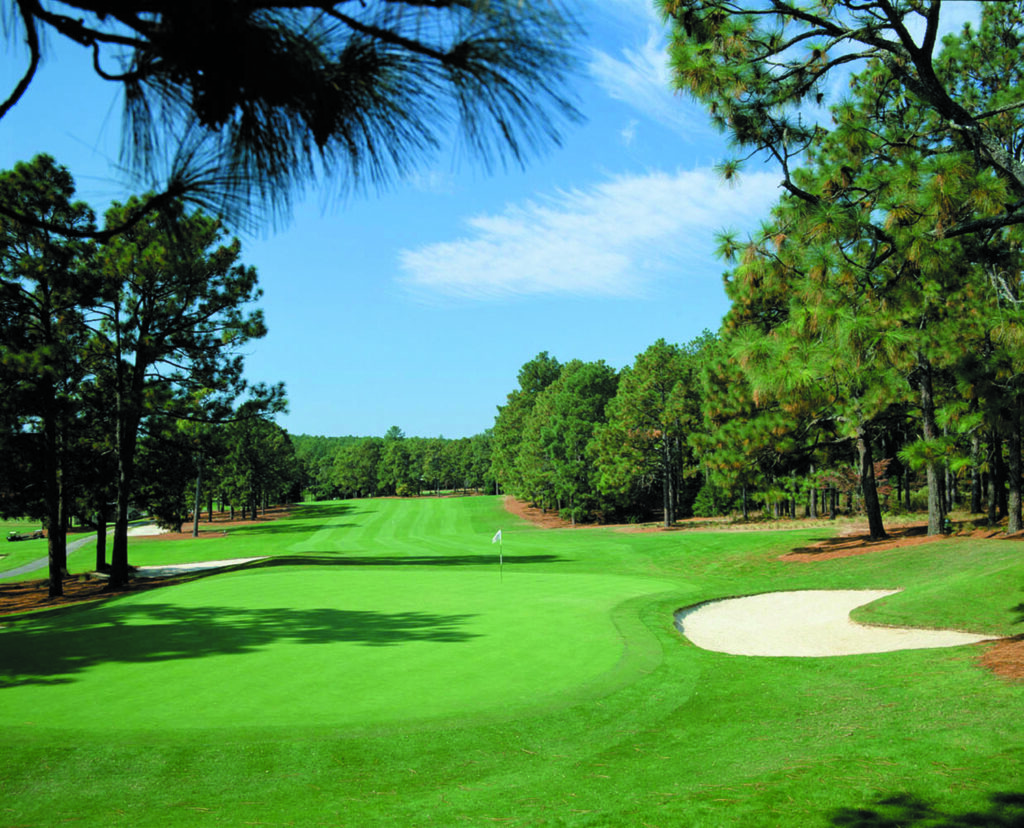
No Resting on Laurels Around the Home of American Golf

Flower Farms in the Sandhills
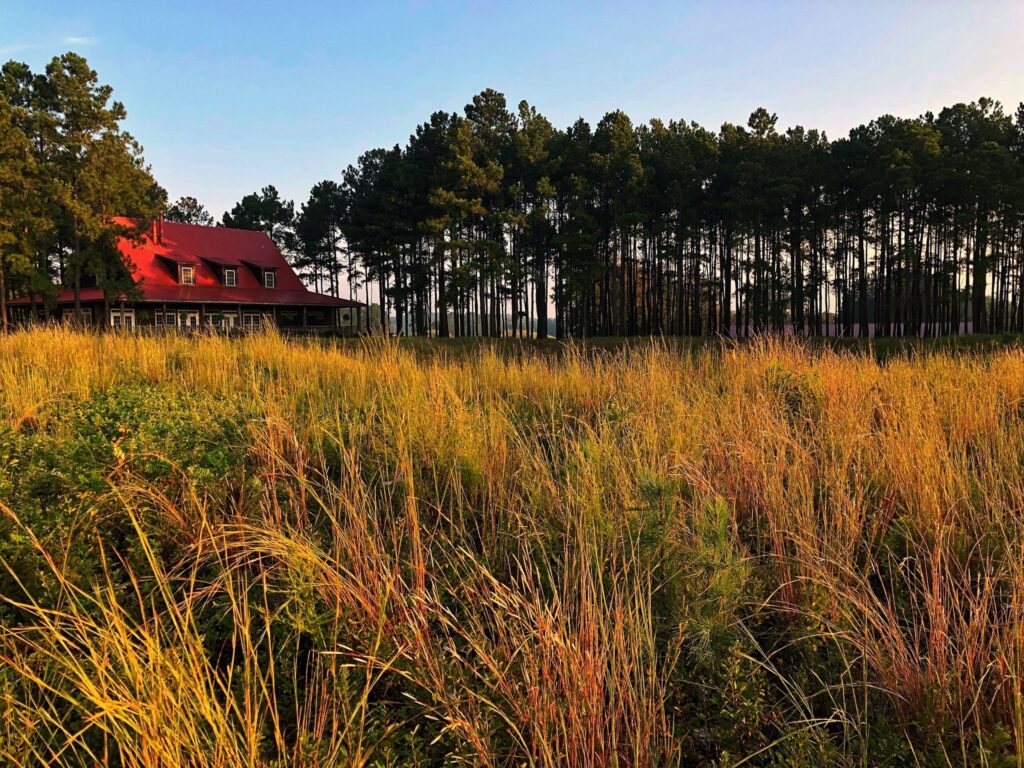
Fall into Pinehurst Golf

What Goes Around…
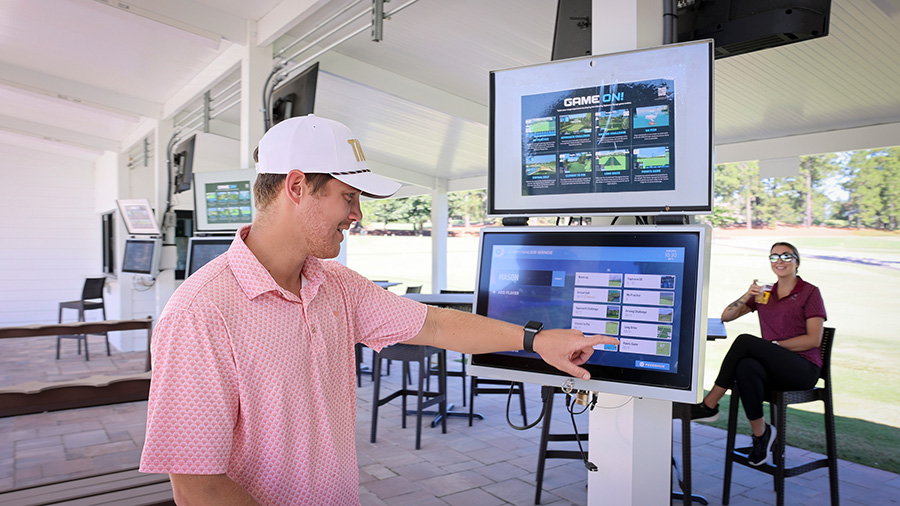
Talamore Resort Debuts New Toptracer Range

The History of the Pinehurst Inns
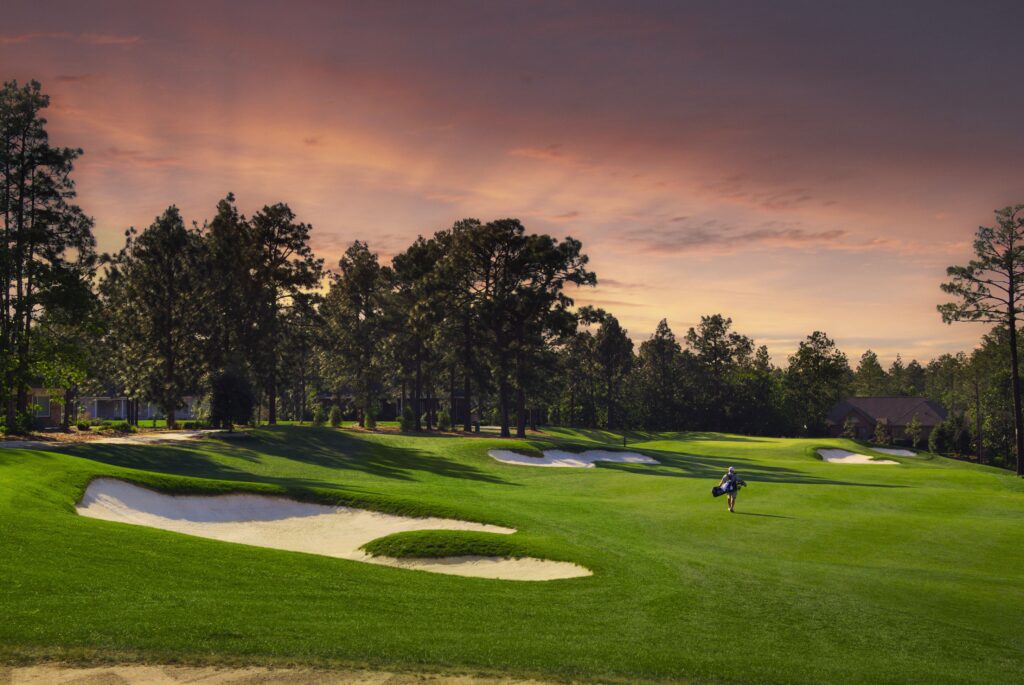
“For me, Pinehurst is such a special place for golf!”- Tom Fazio
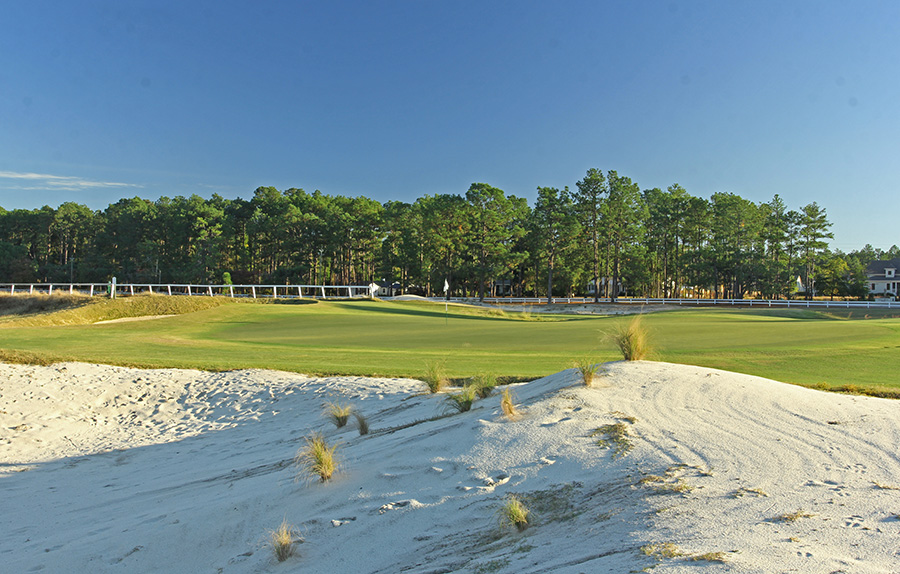
Maples Roots Run Deep in Sandhills Golf Design

New Southern Pines Mural

Pinehurst Area Buzzing with 2023 Excitement

Discover the Sweetness of the Sandhills
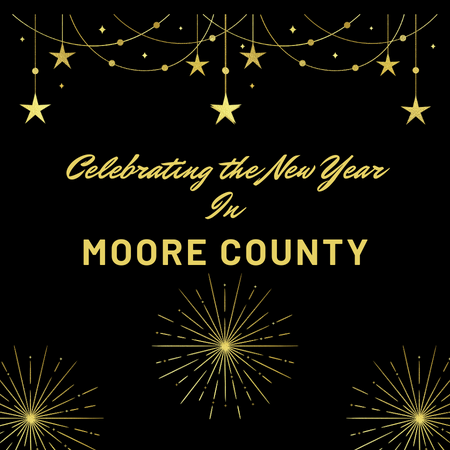
Celebrating the New Year in Moore County

The Big Three
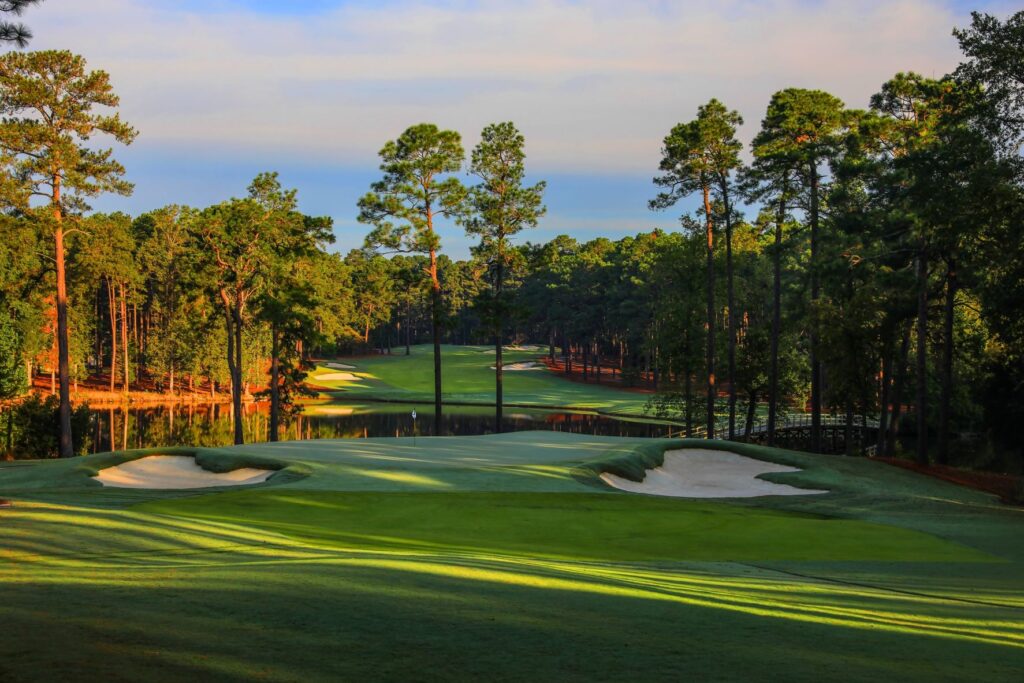
Jones Family Imprint
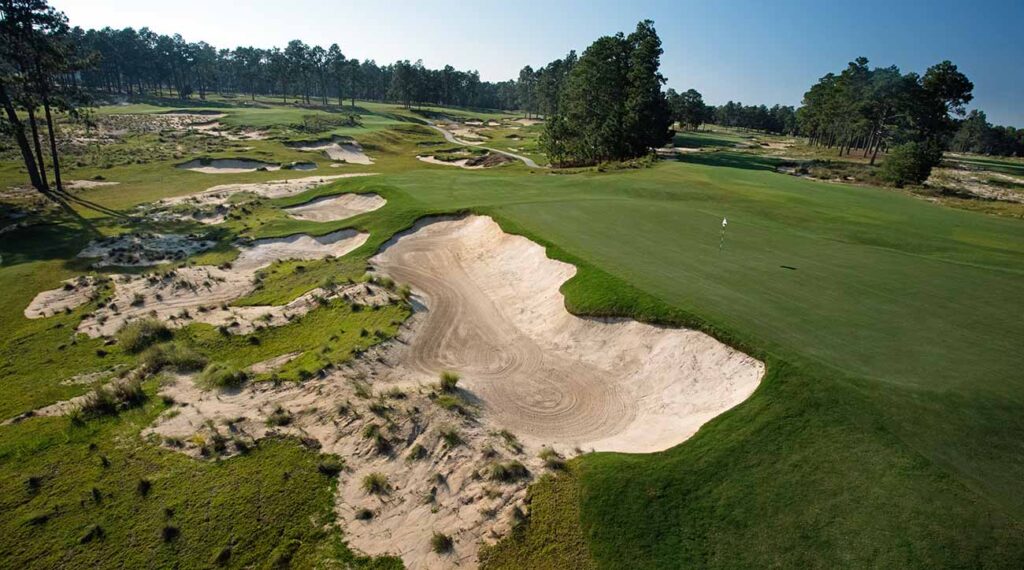
The Hanse Touch
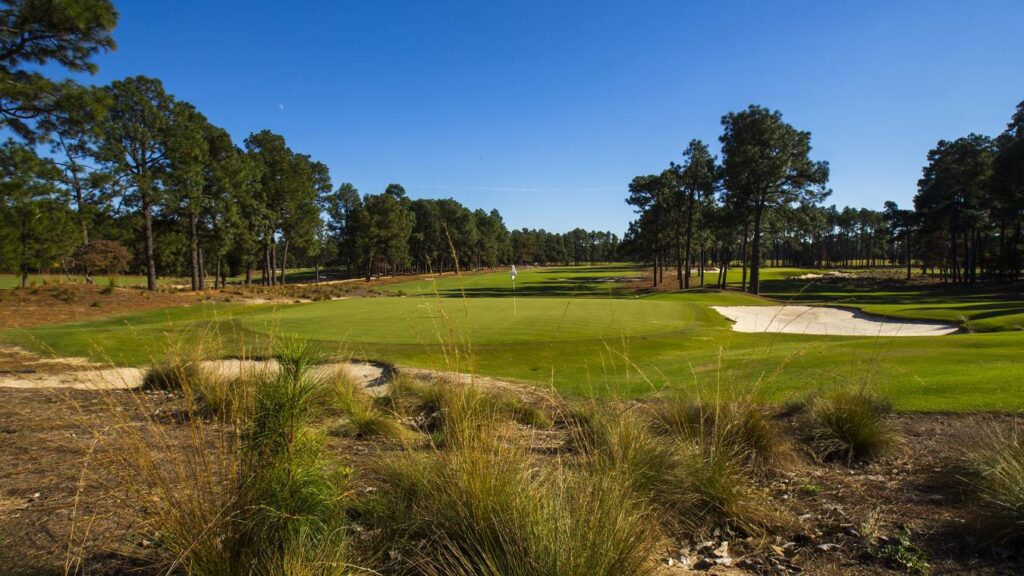
Coore & Crenshaw Roots Run Deep
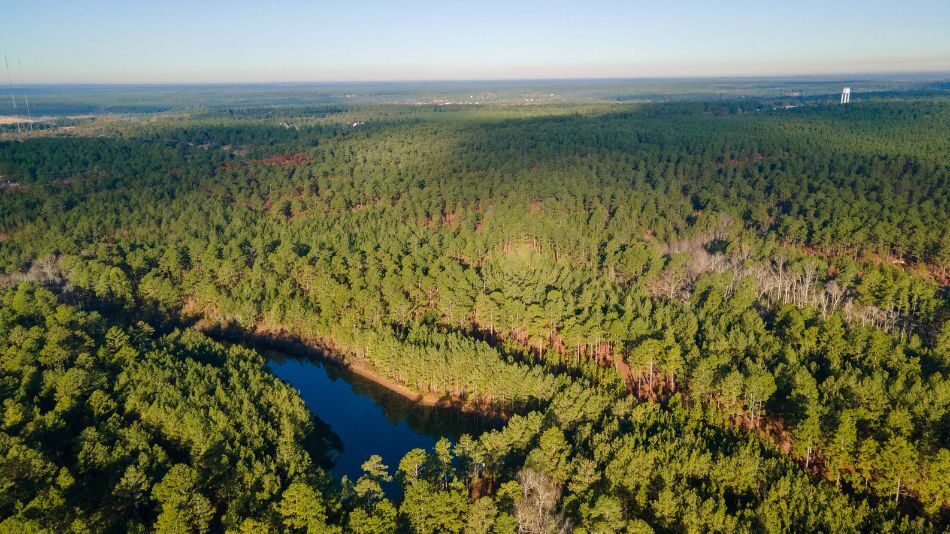
Pinehurst Resort Announces New Course to be Designed by Tom Doak
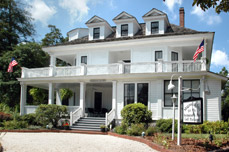
PINEHURST’S MAGNOLIA INN REOPENS
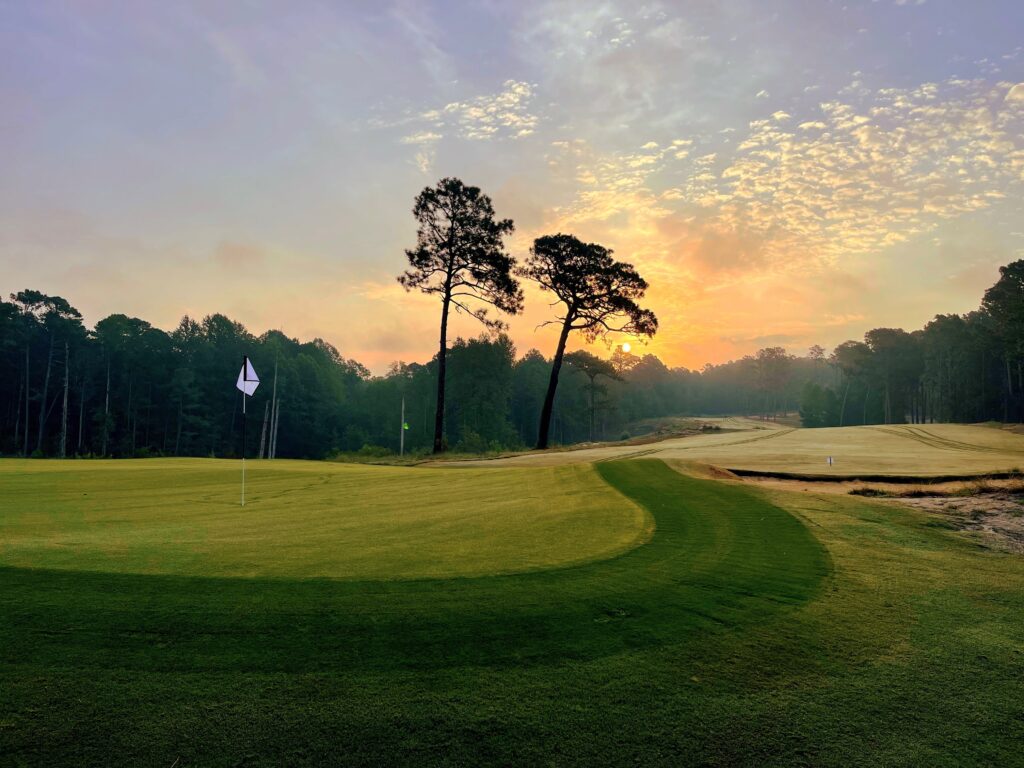
Southern Pines Golf Club Recognized
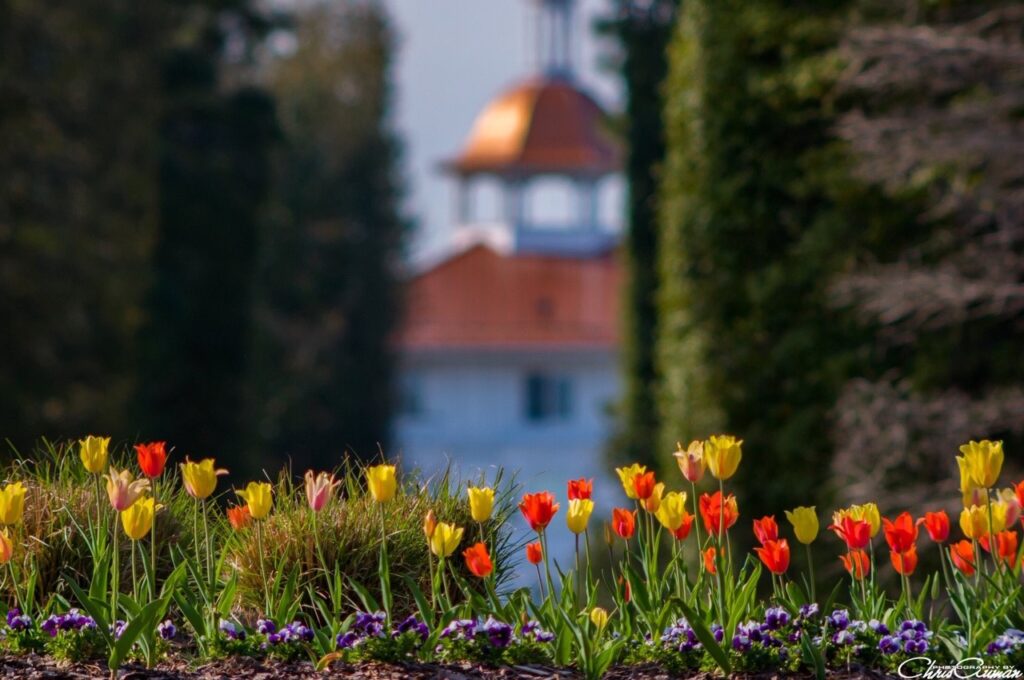
Spring in the Sandhills

Mother/Daughter Weekend in the Sandhills
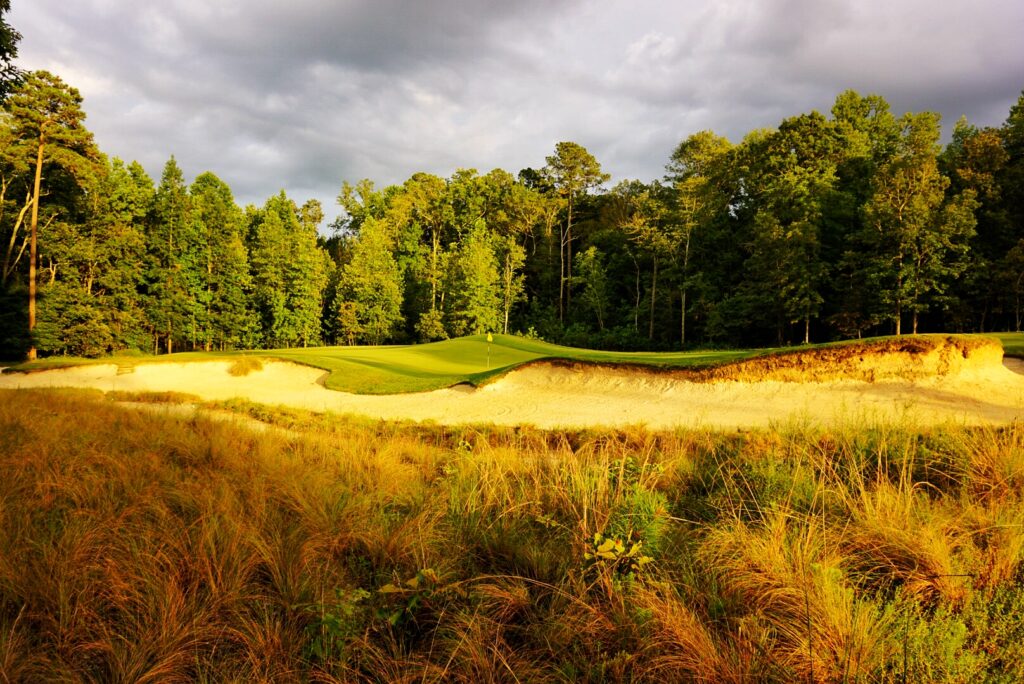
A Few of Our Favorite (Golfing) Things
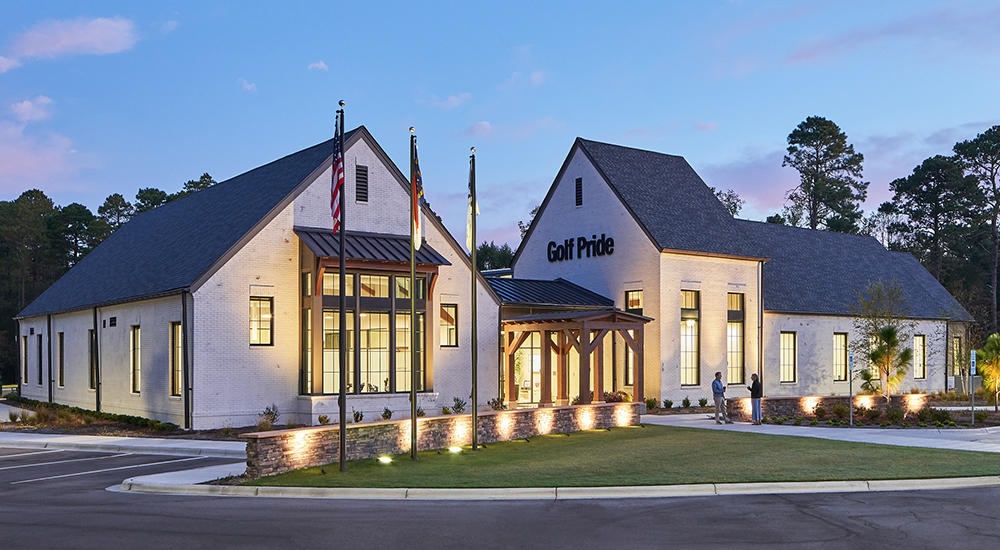
Golf Pride Retail Lab a must-see experience for your Pinehurst itinerary
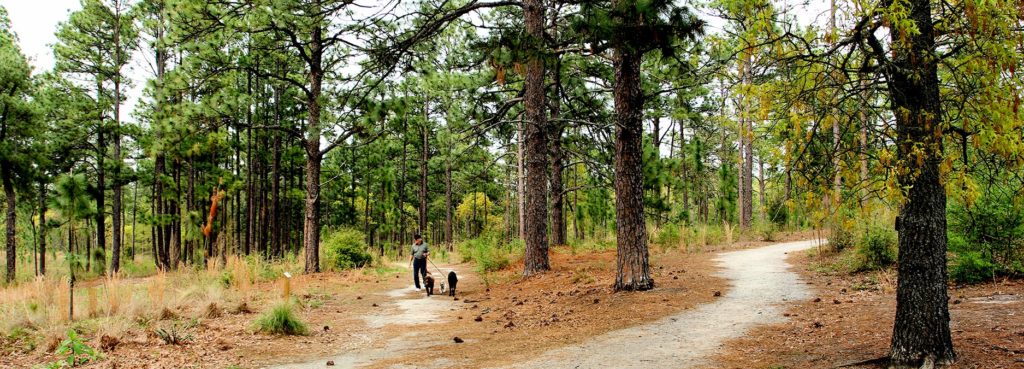
6 Trails to Explore for the Year of the Trail

Pinehurst No. 2 Still Ranked Best Course in NC

Sandhills Ecology 101
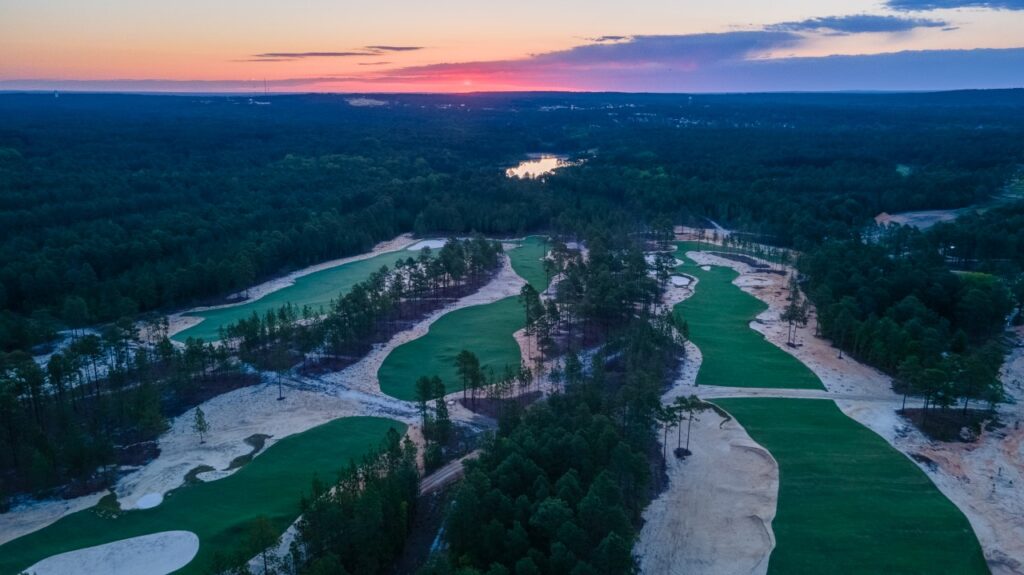
X Marks the 10-Spot

Best Date Night Ideas in the Sandhills
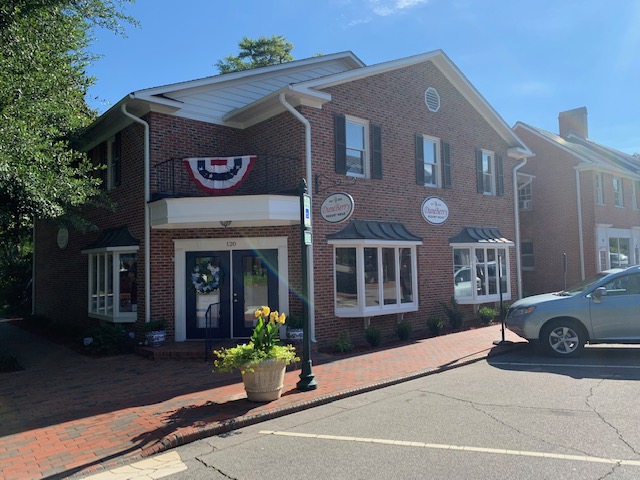
Small Towns Big Style

9 Urban Trails Around Pinehurst Area
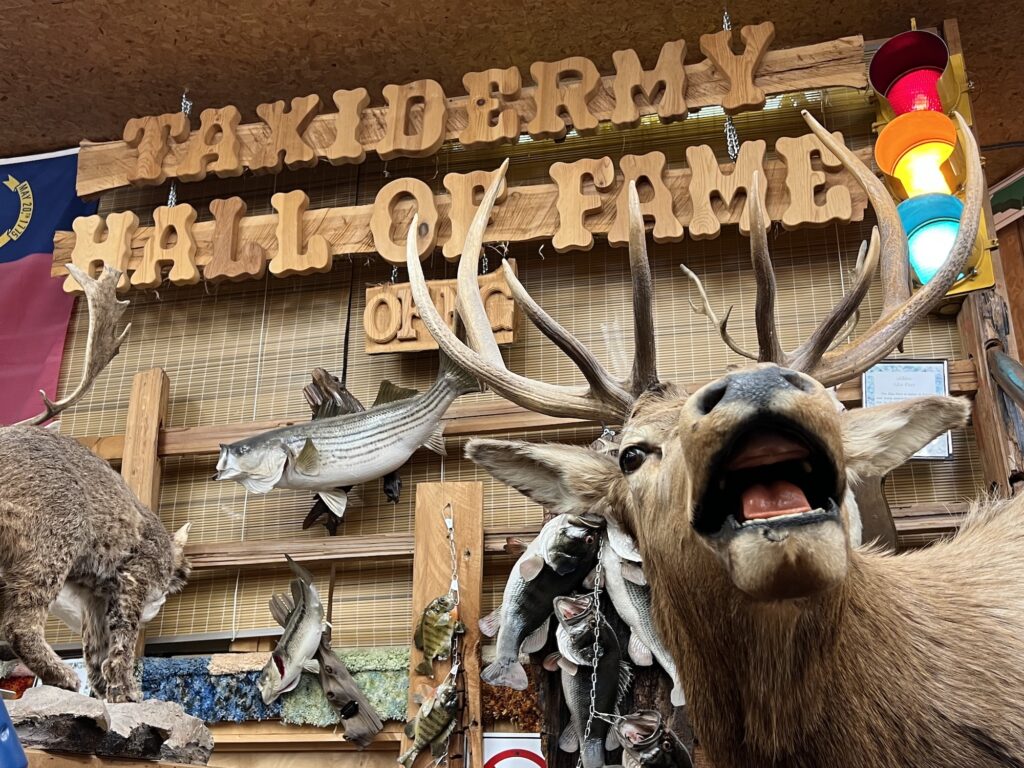
Uniquely Pinehurst

2024 U.S. Open: A Look Ahead
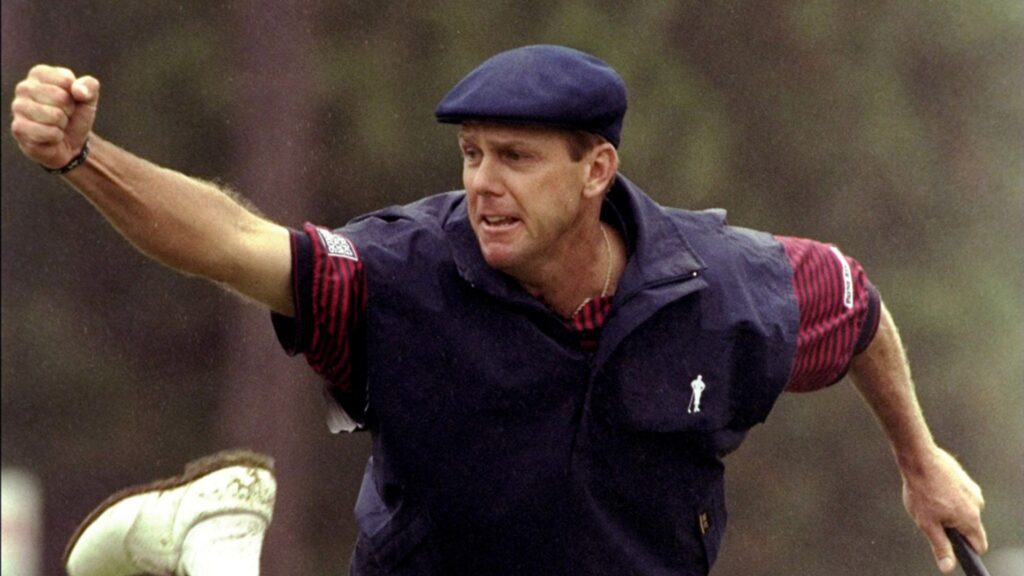
1999 U.S. Open: A Look Back

A Restorative Weekend Getaway at Tanglewood Farm B&B in Southern Pines
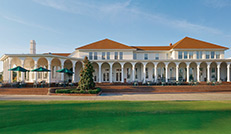
Top Things To Do On A Long Weekend

Independence Day in the Sandhills
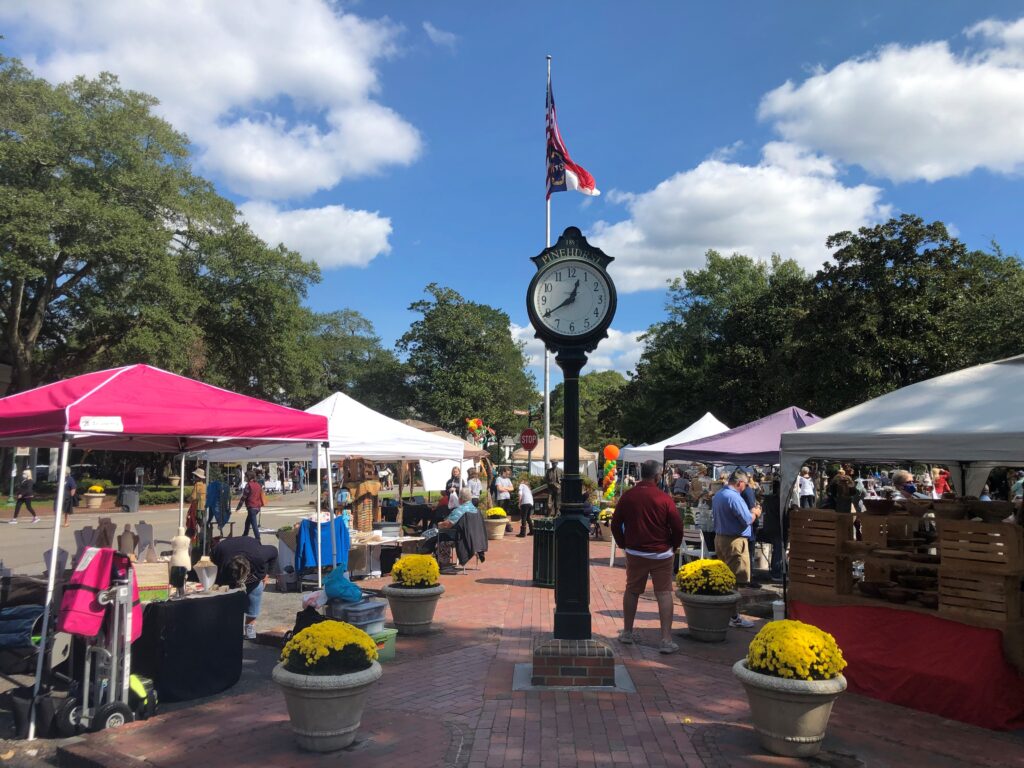
Fall Events Around the Sandhills

Celebrating NC Peaches

Kid You Not
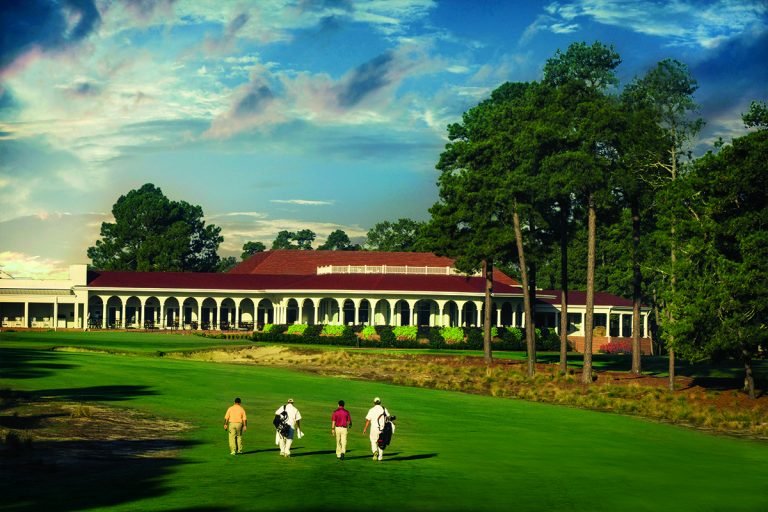
Sleepy Summers No More
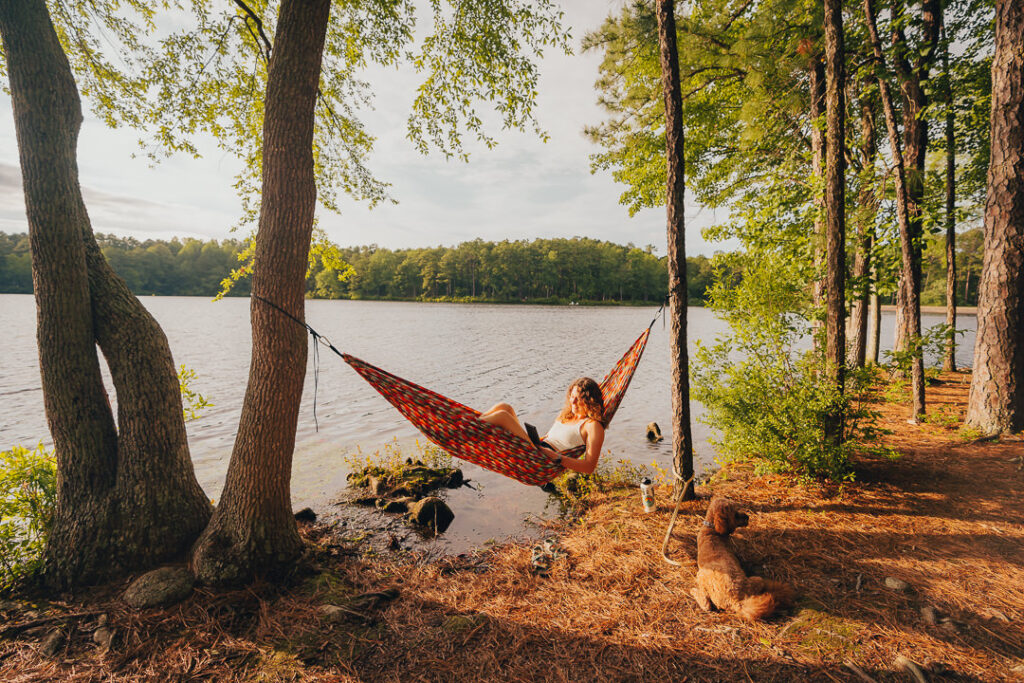
Getting Outside
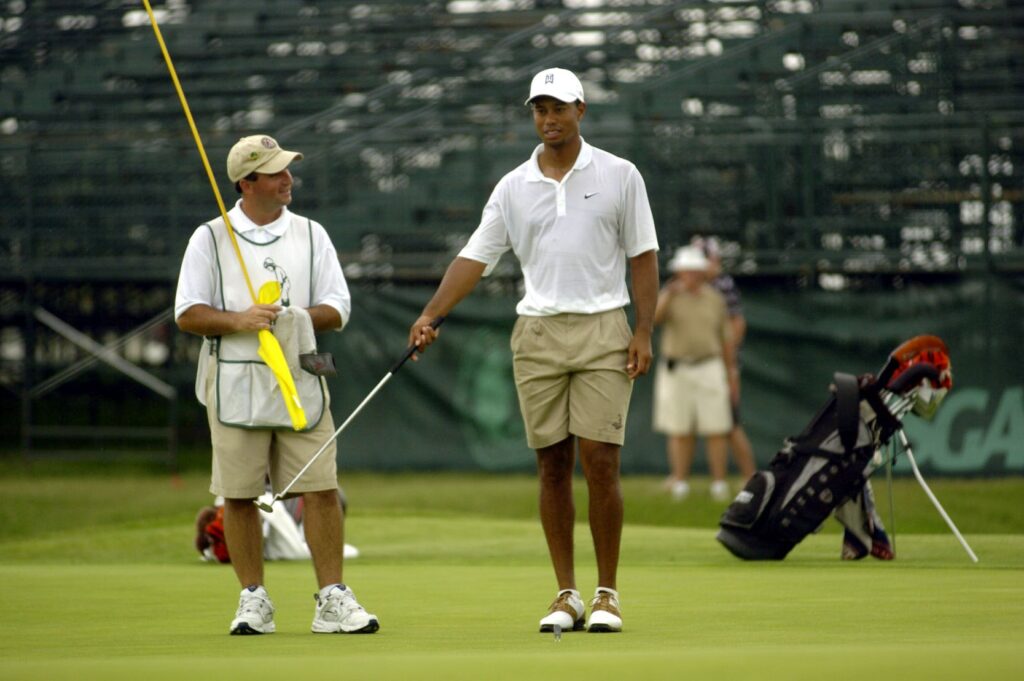
When They Were Young
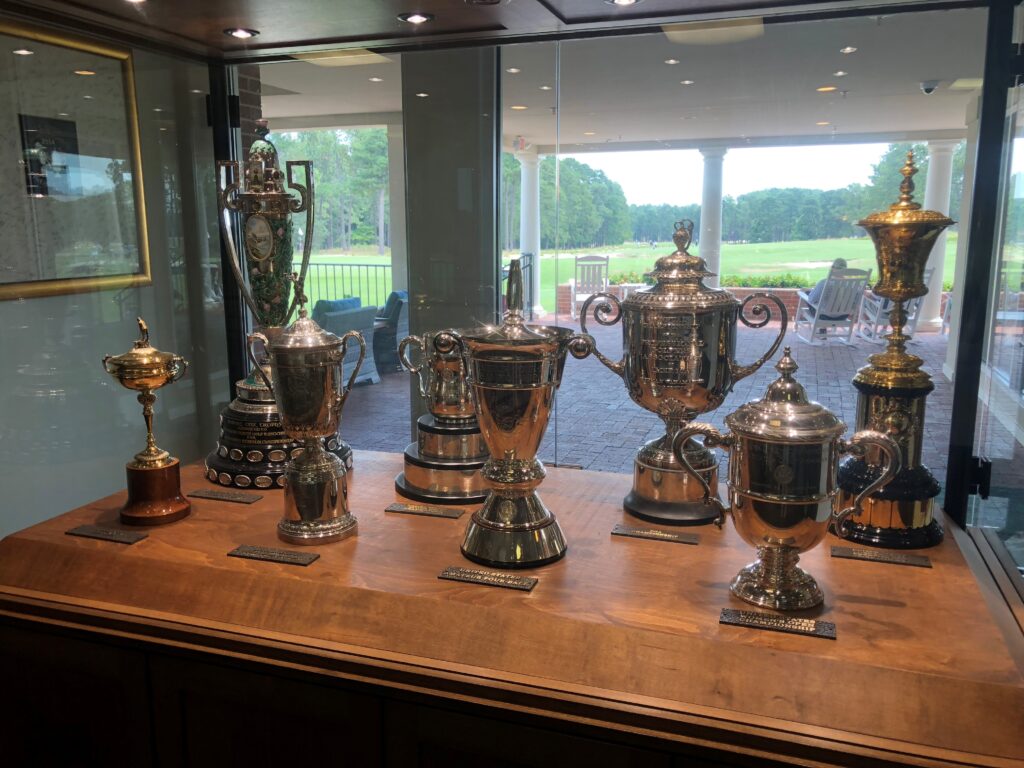
Pinehurst Major-itis

Loving Our Black & Whites
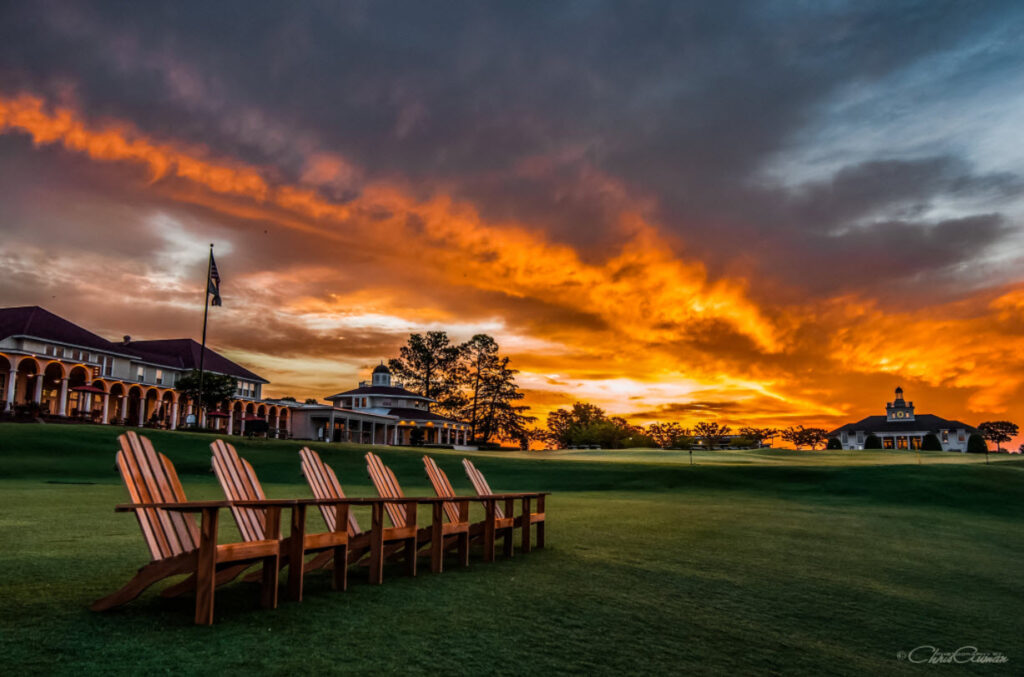
Lens of the Sandhills
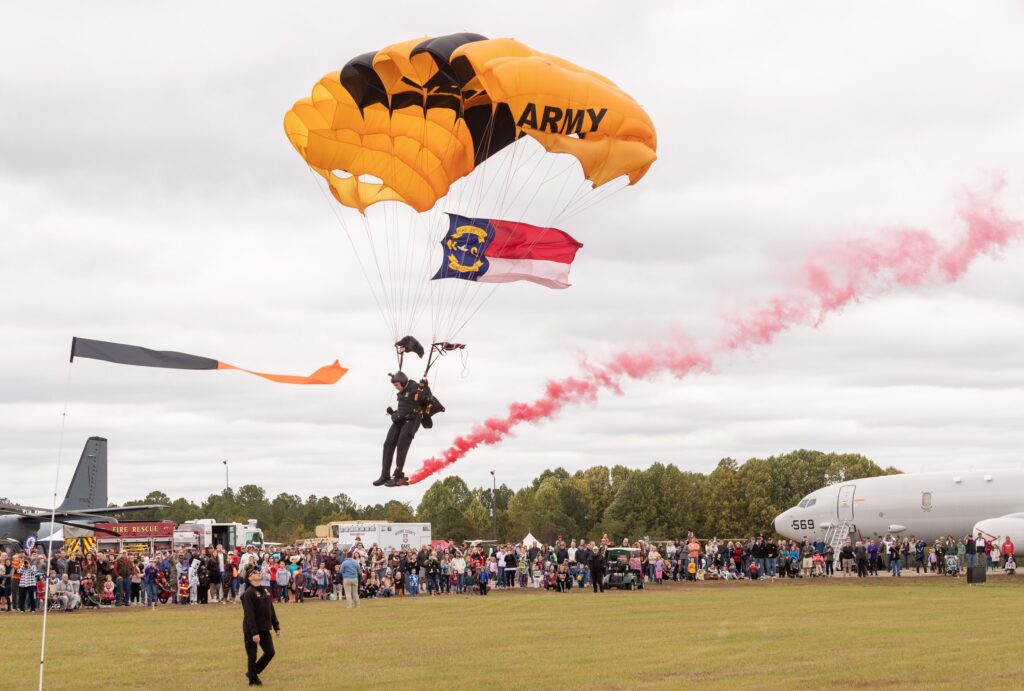
Festival D’avion Named as Signature Event
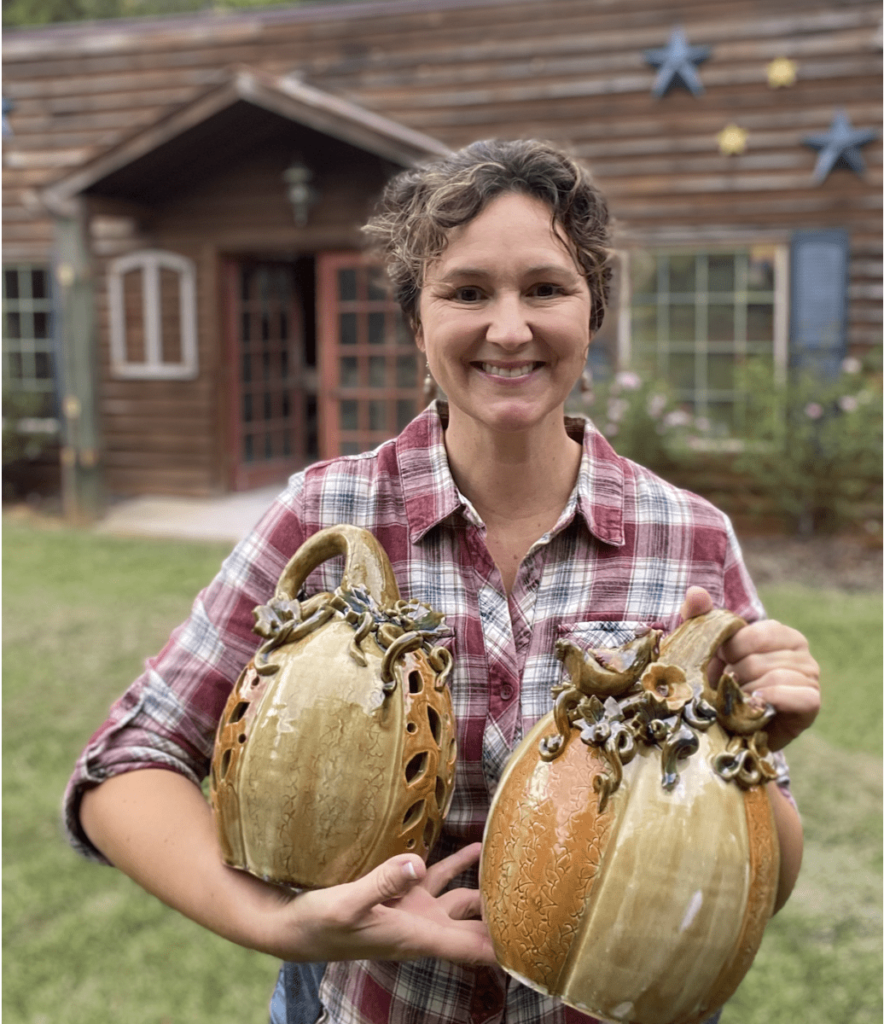
Celebrate American Craft Week

Act Two for Tot Hill Farm
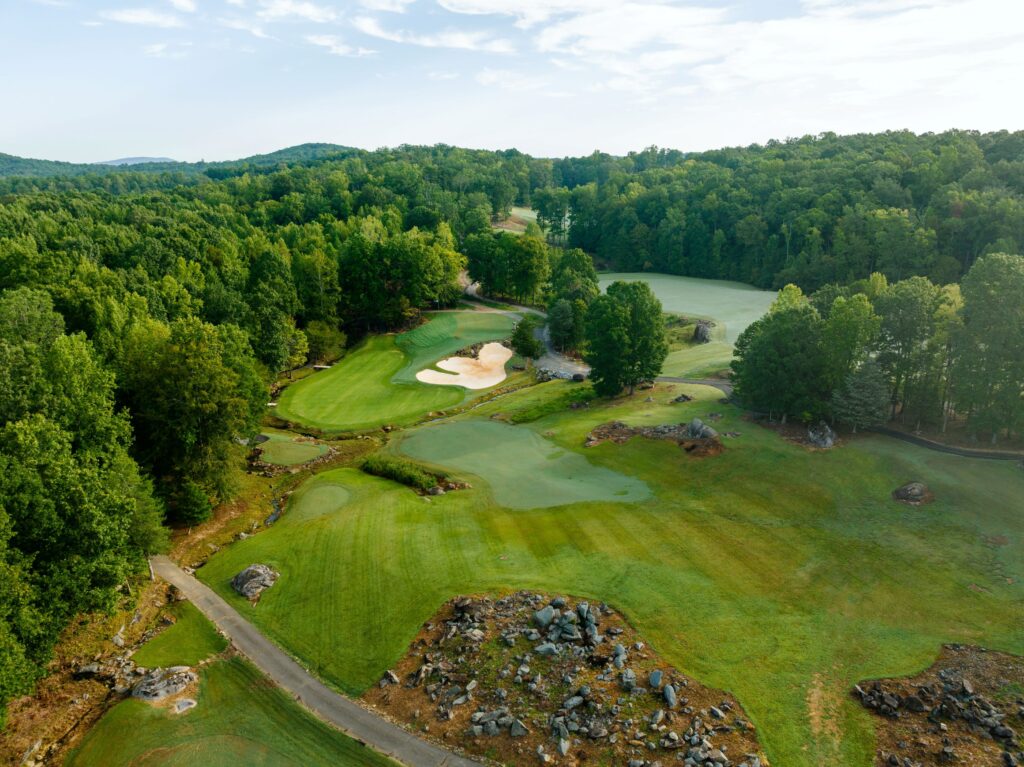
An Artist in the Dirt
Legends of the Pines

Breakfast Joints of the Sandhills

The Scottish Invasion

To Dornoch and Back
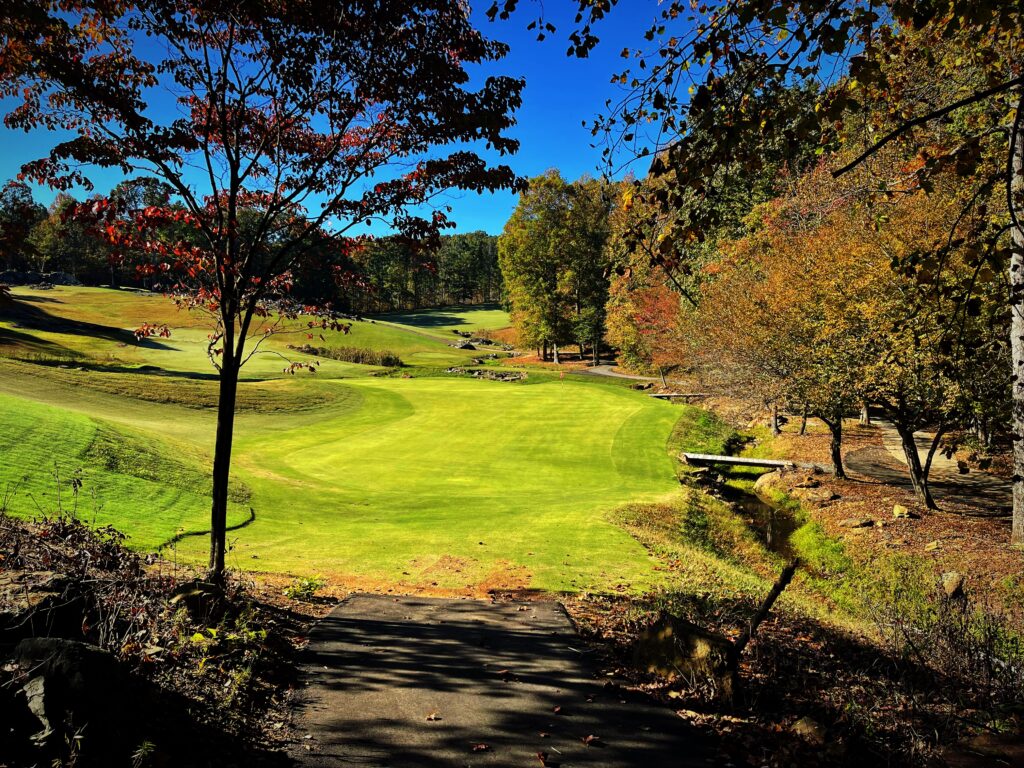
A “New” Pinehurst Welcomes the World in 2024
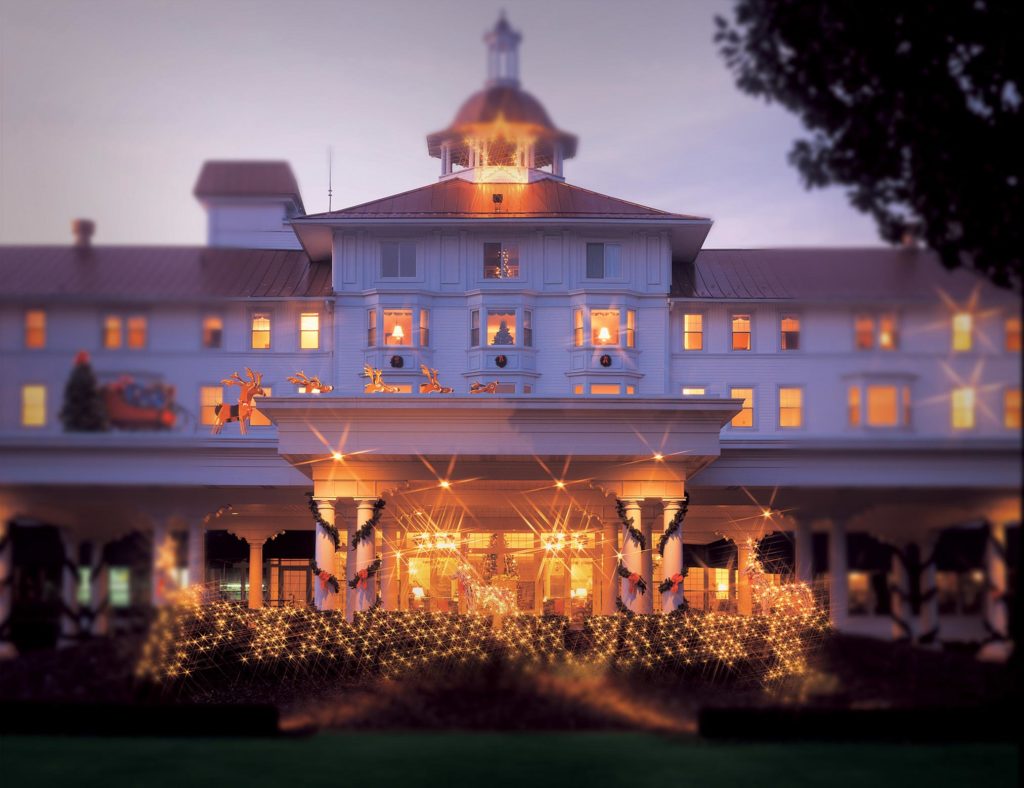
Pinehurst Holiday
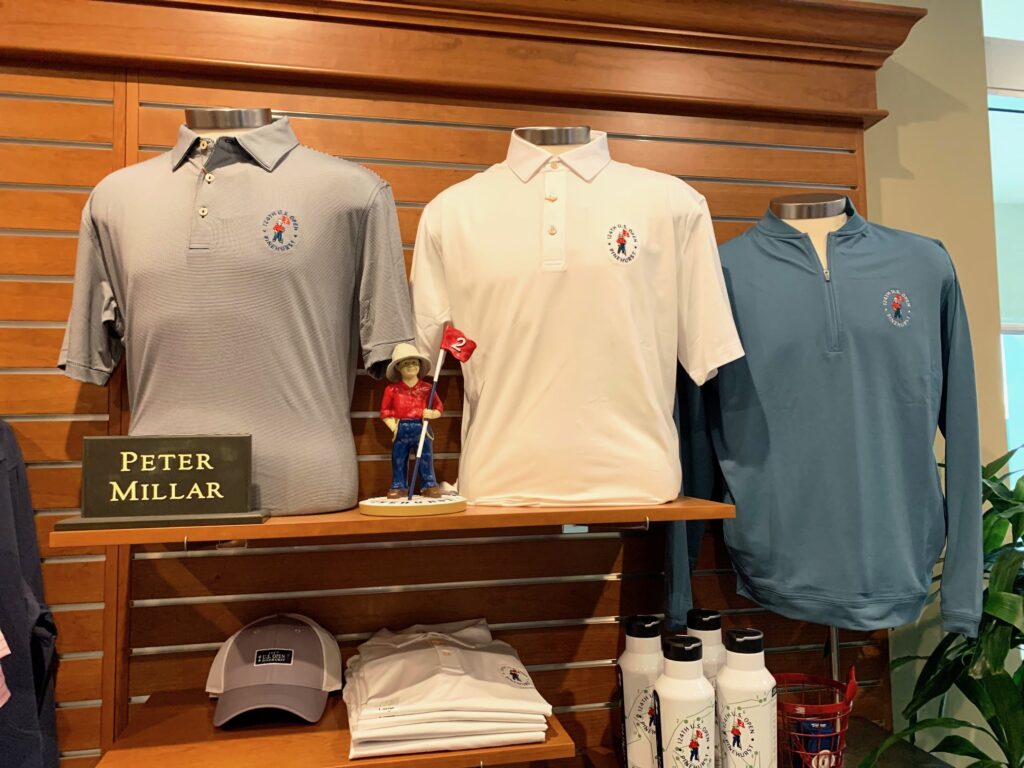
Golfers Gift Guide
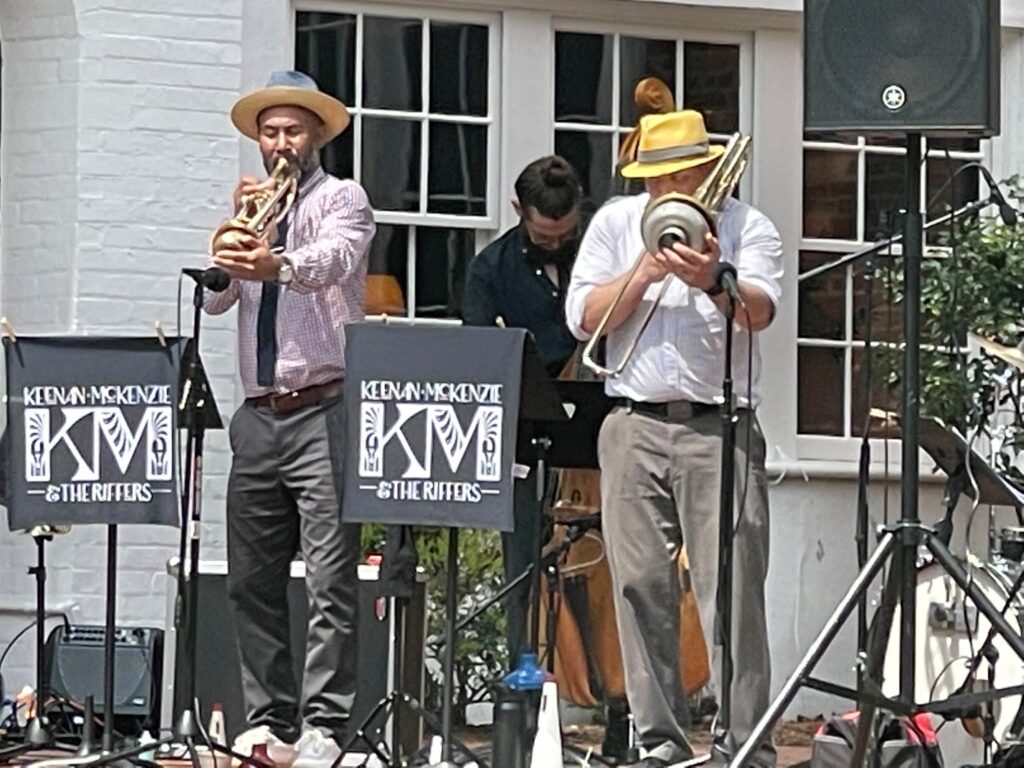
Sandhills Nightlife Scene

A U.S. Open Year
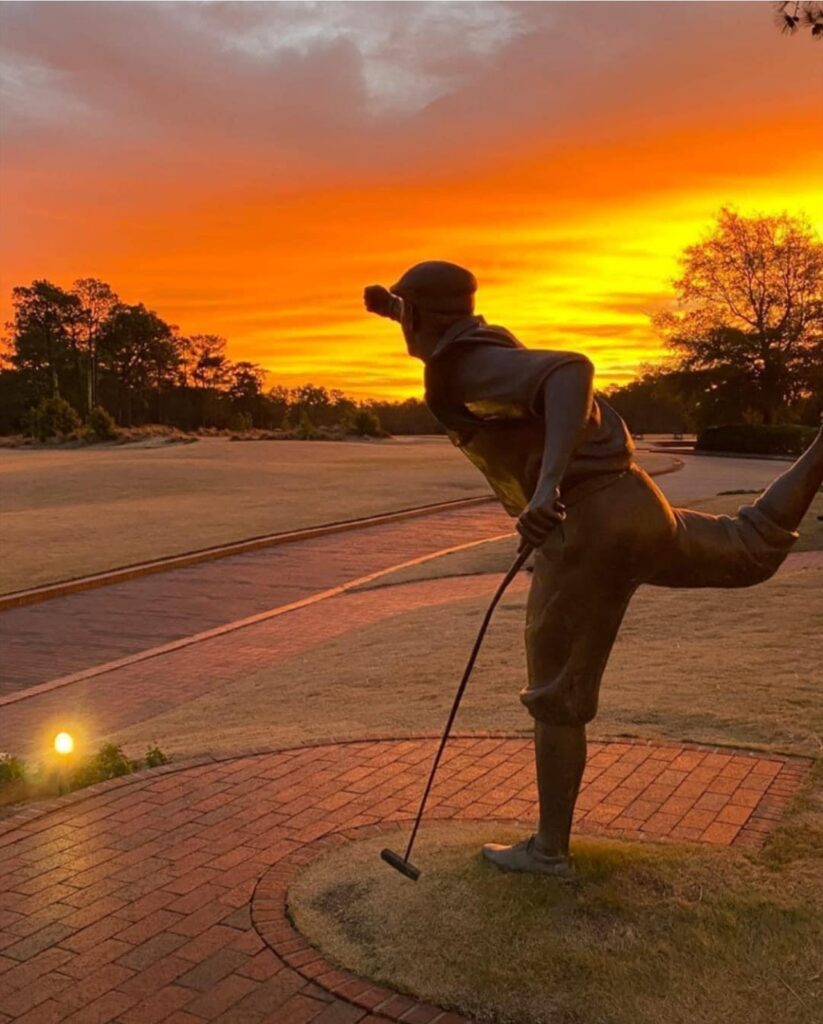
Payne at 25

Where to Antique in Cameron and Carthage

Girls’ Weekend in Moore County
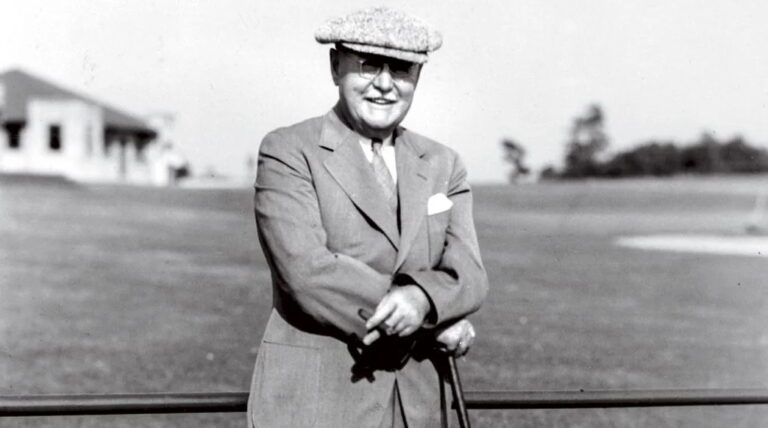
Sandhills Hall of Fame
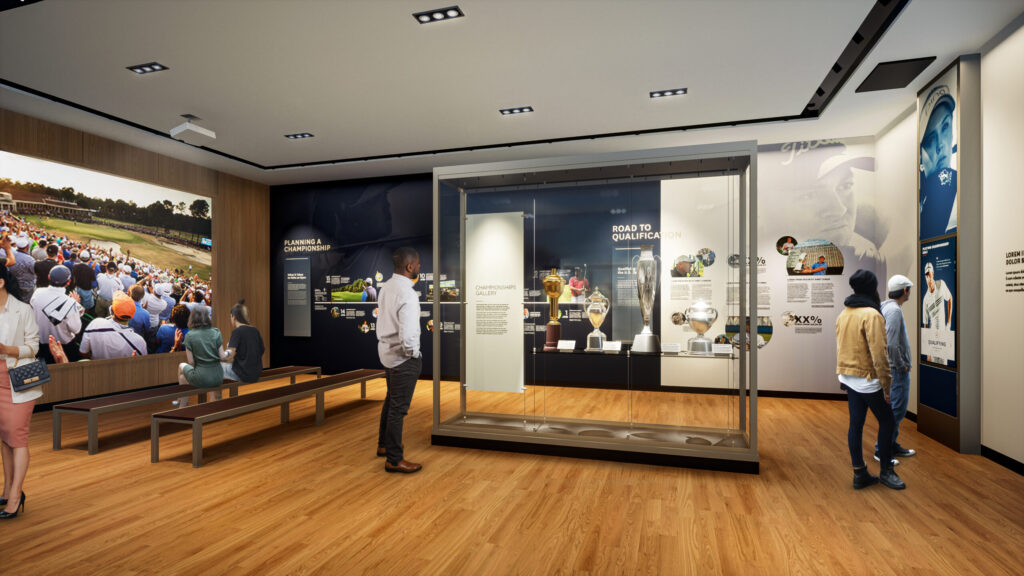
Hall of Fame Take Two
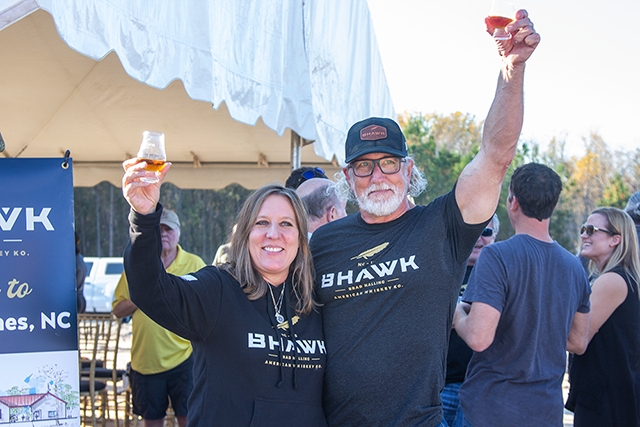
BHAWK Distillery Toasts Military Spirit
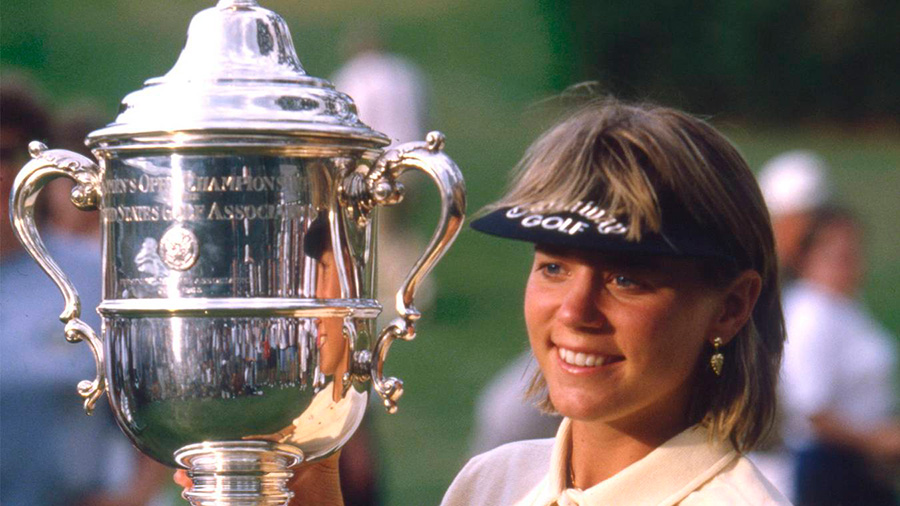
A Dozen Master Strokes
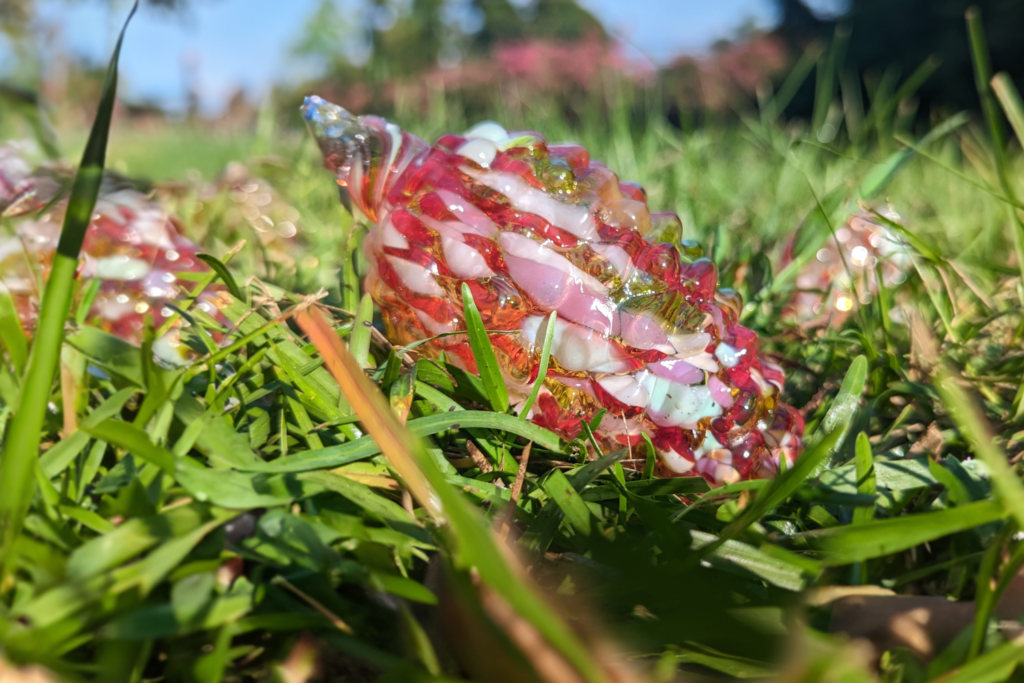
Popular Pinecone Pathways Returns for Spring 2024
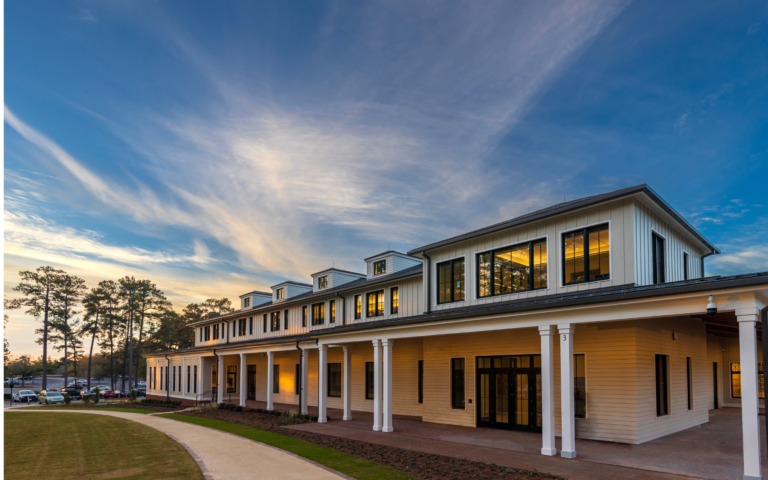
The Dynamic Decade
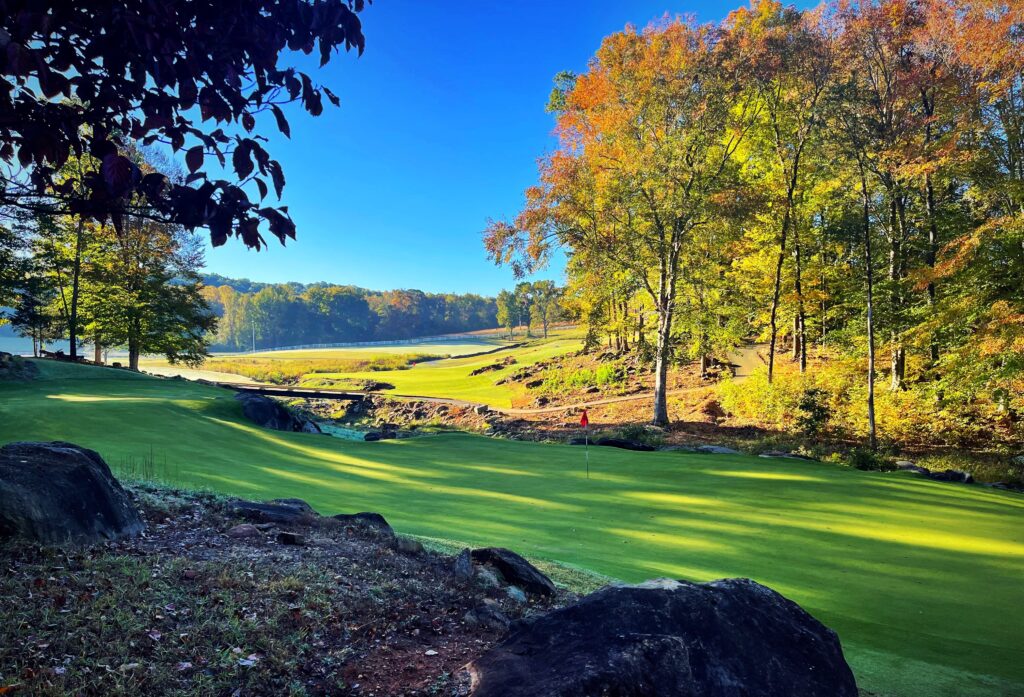
Sandhills Pours Double Dose
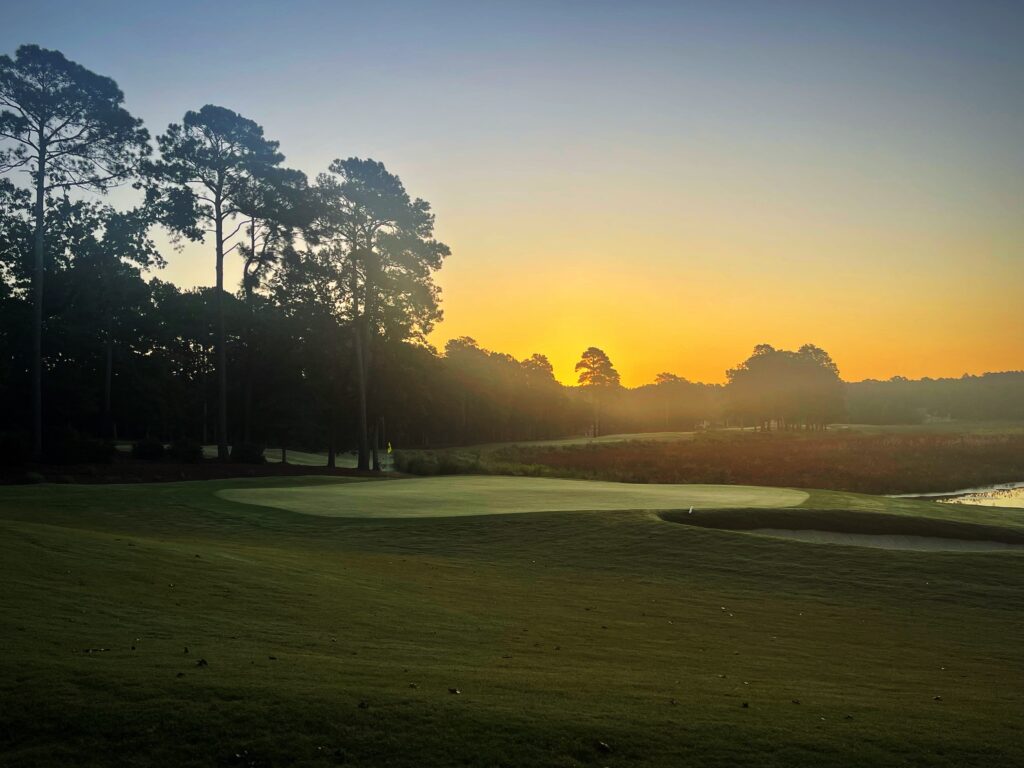
Rebirth at Woodlake
Pints in the Pines: A Guide to the Breweries of the Sandhills

